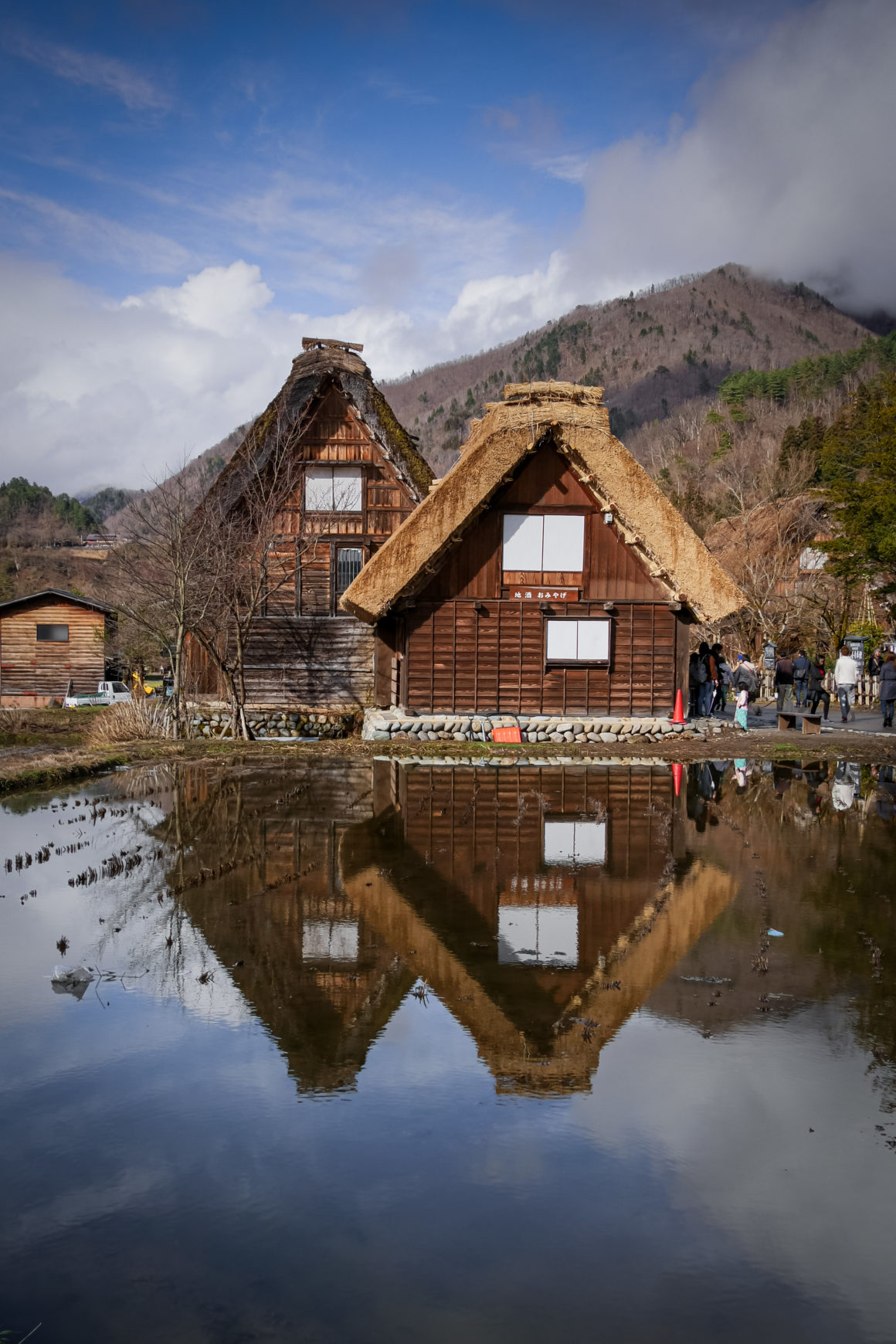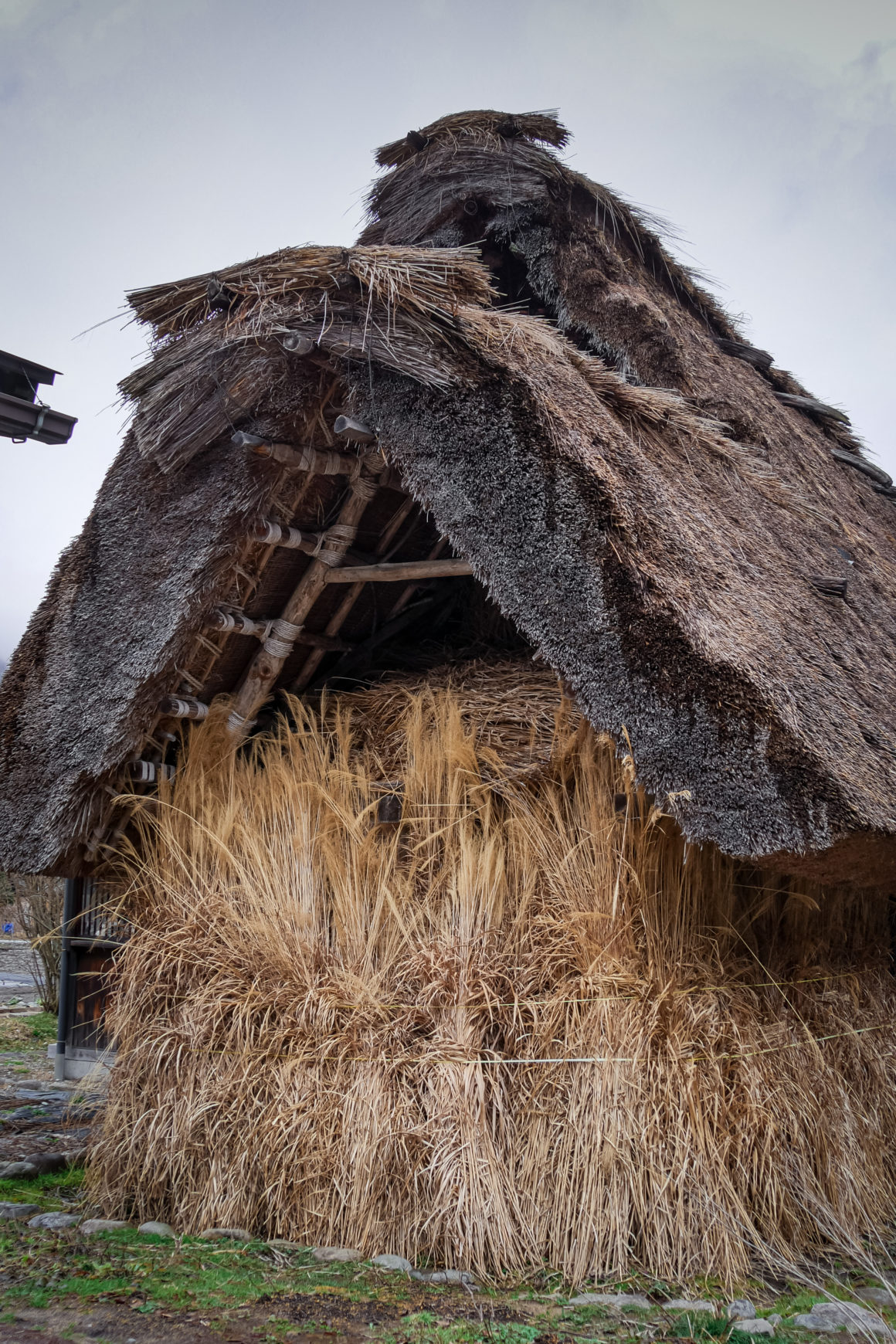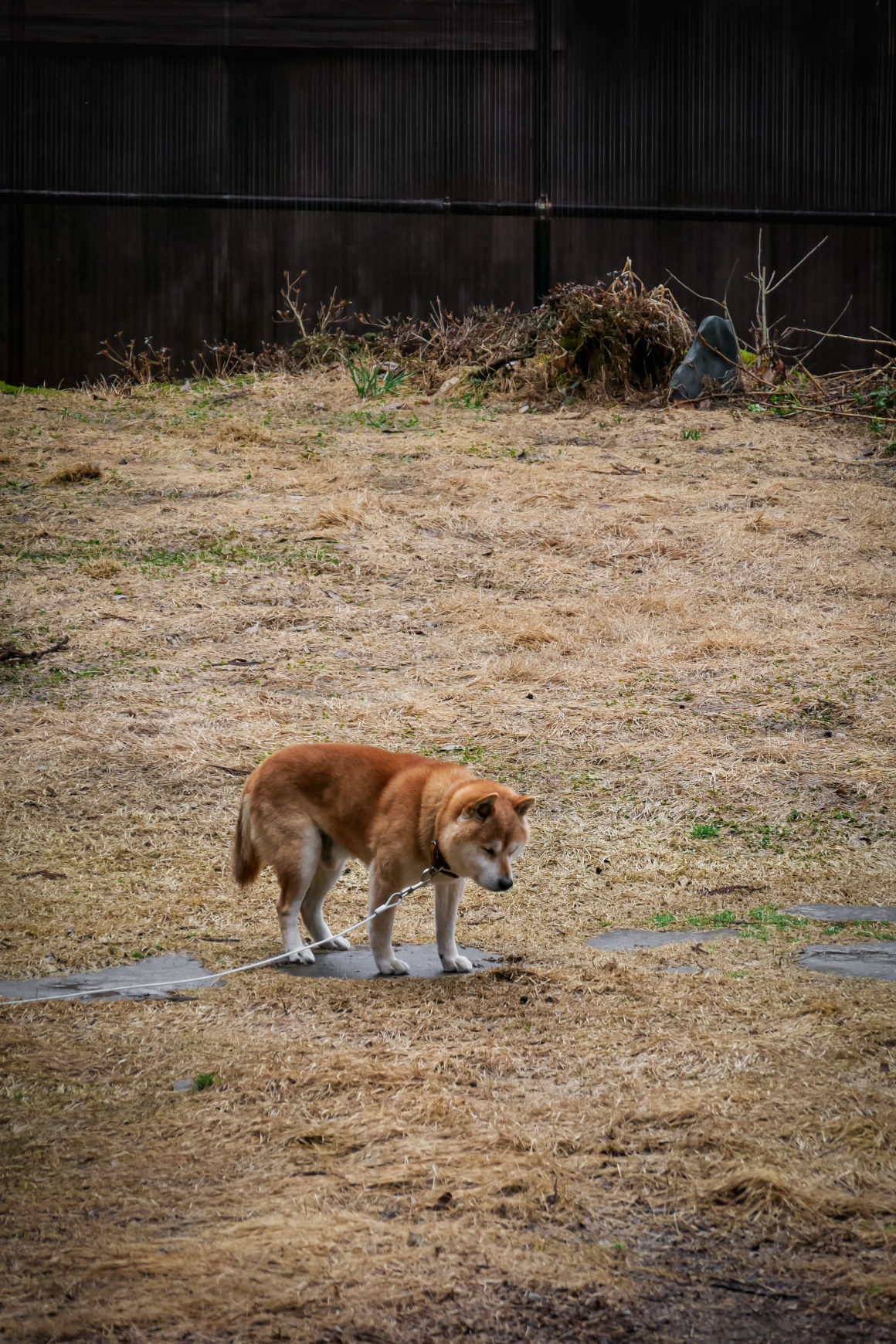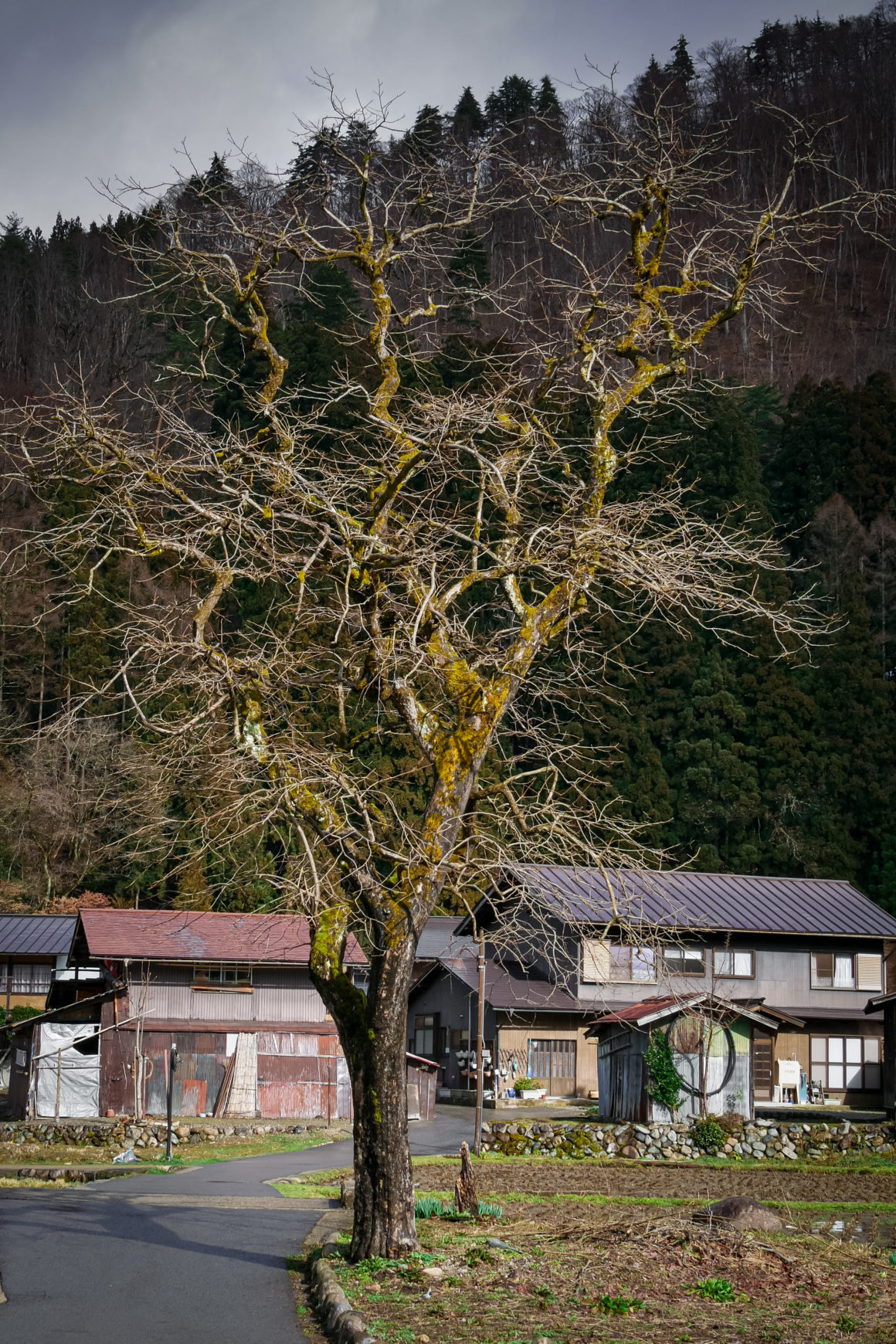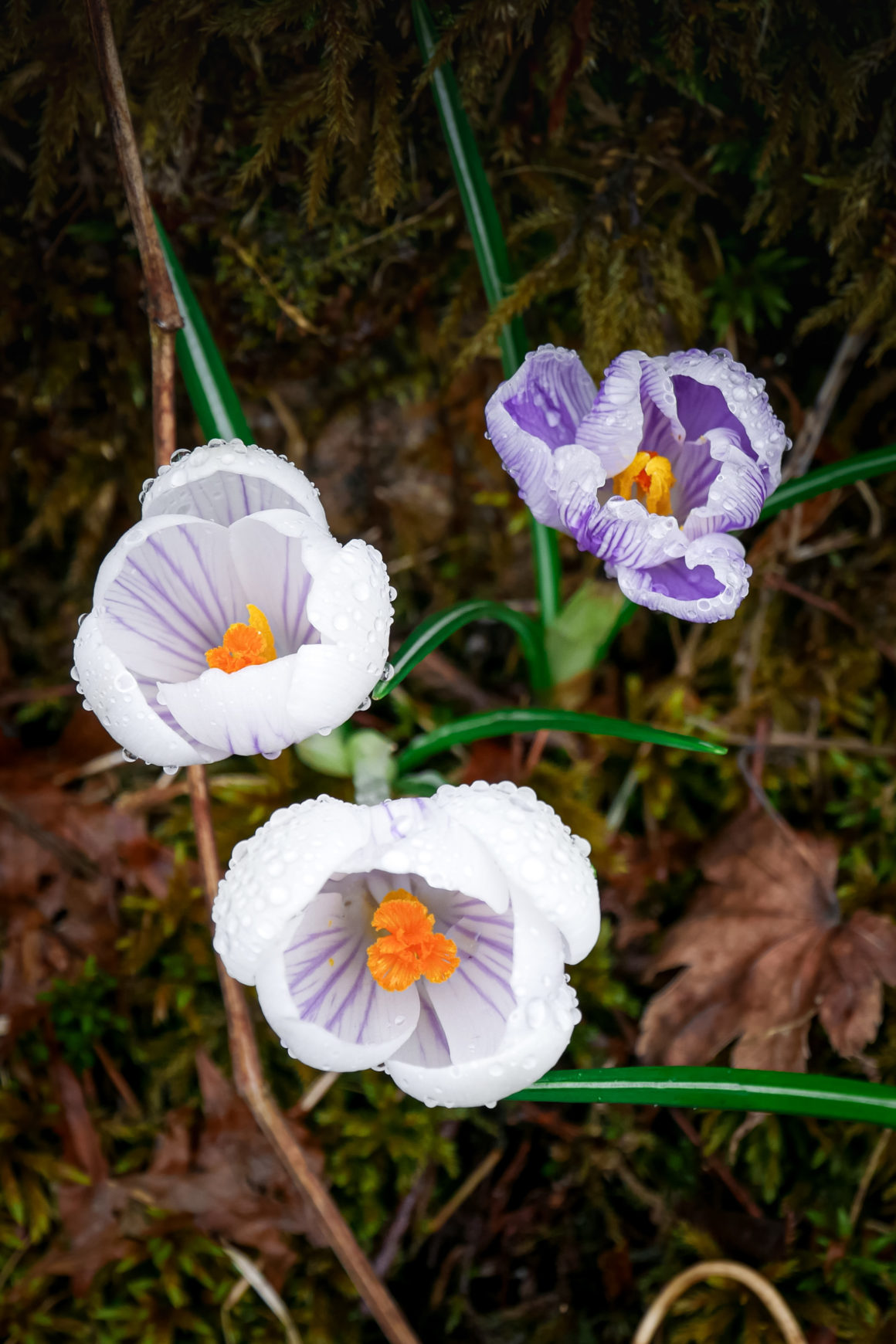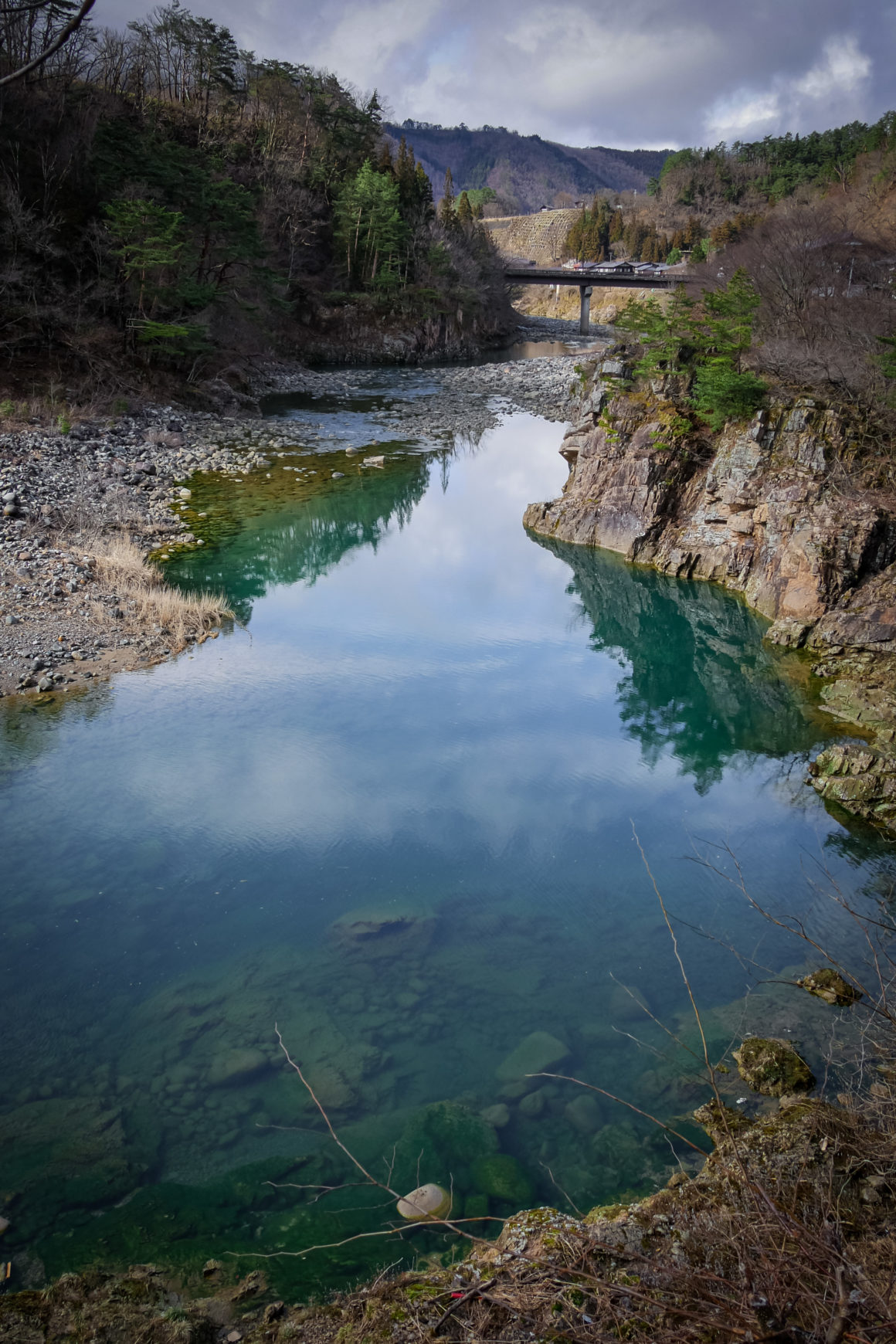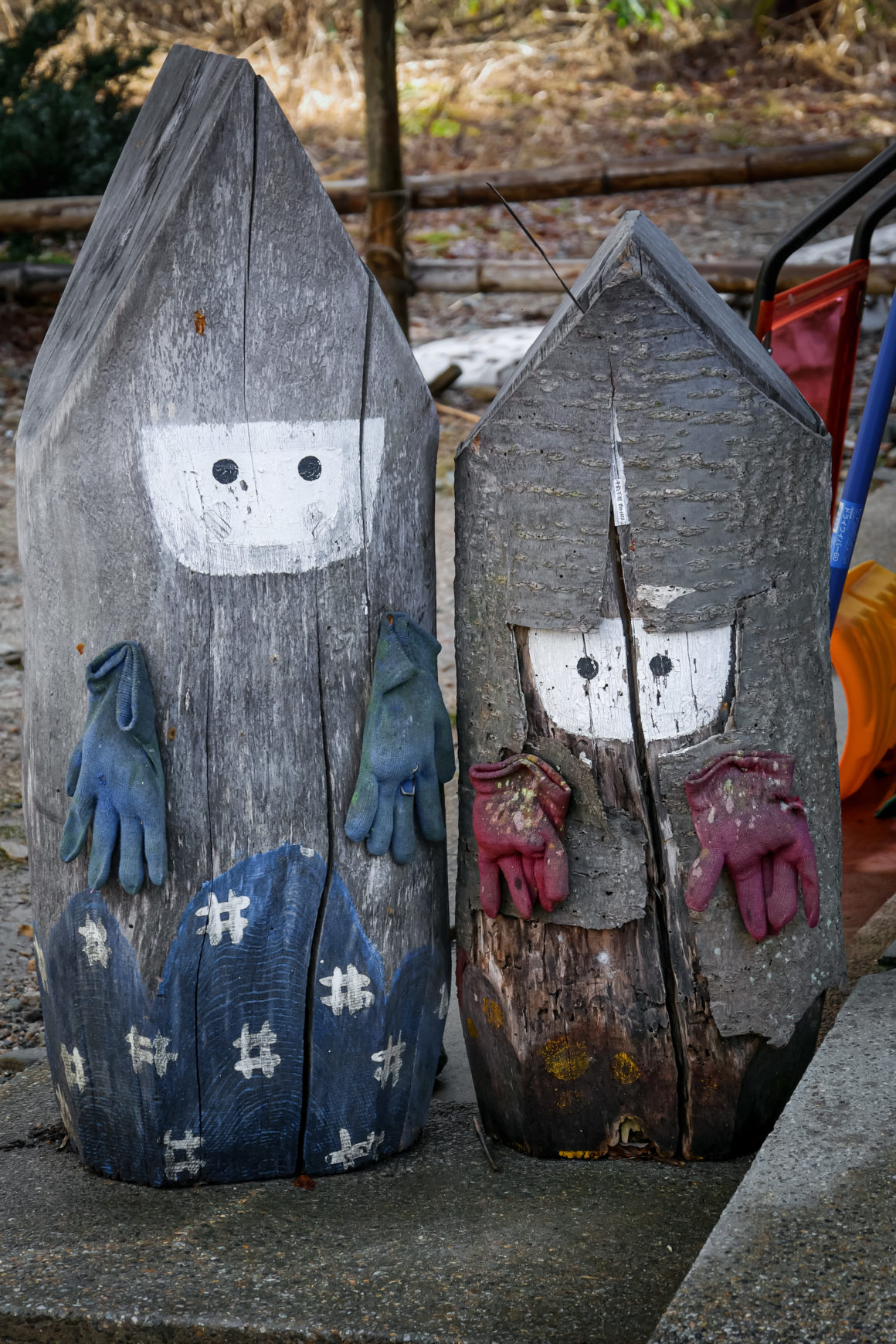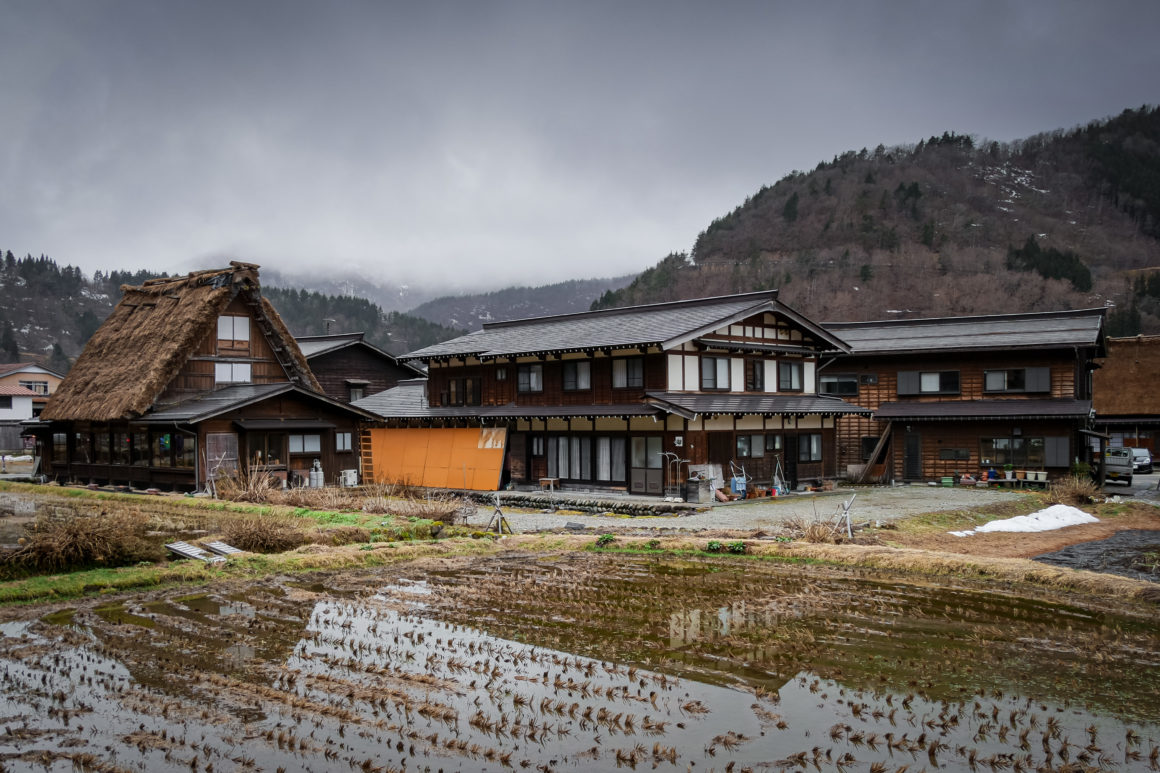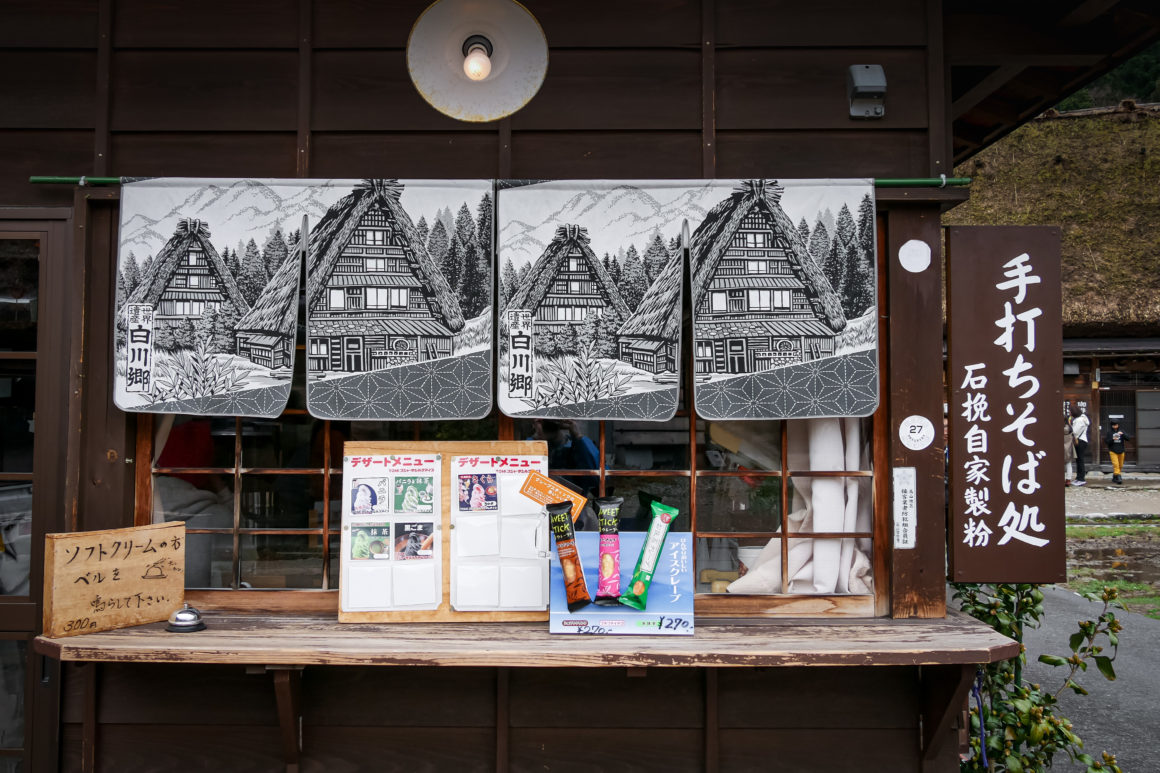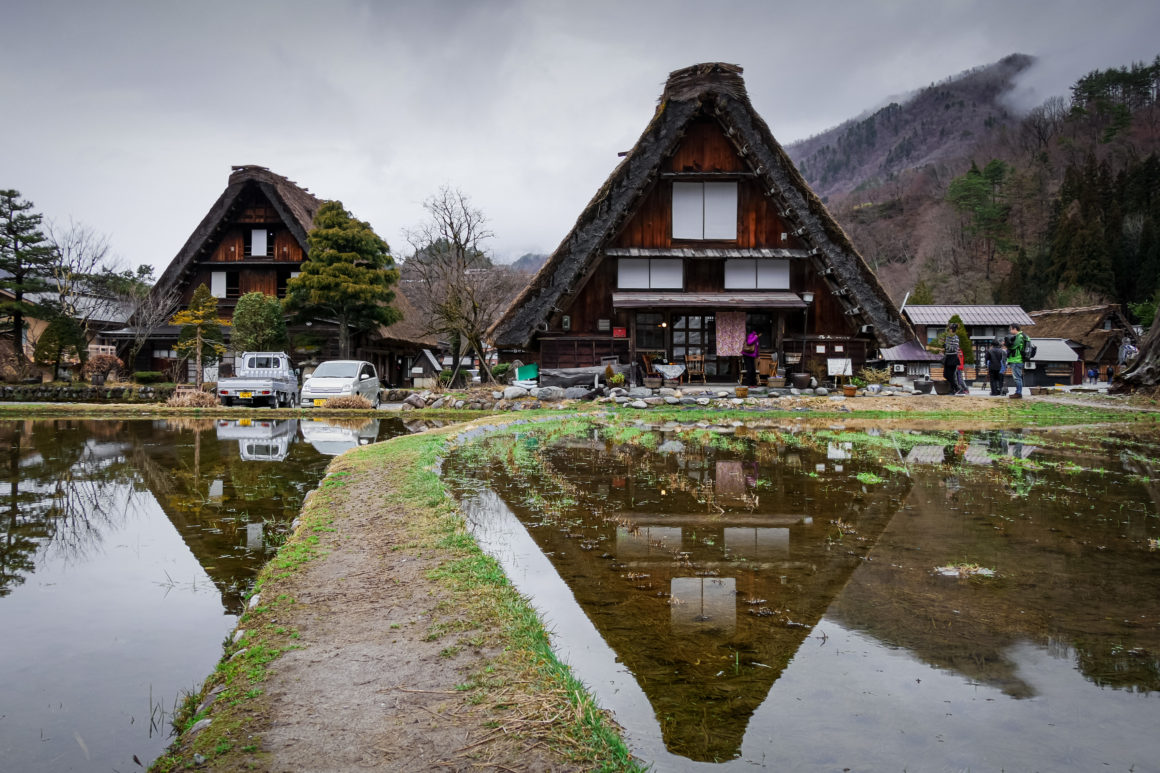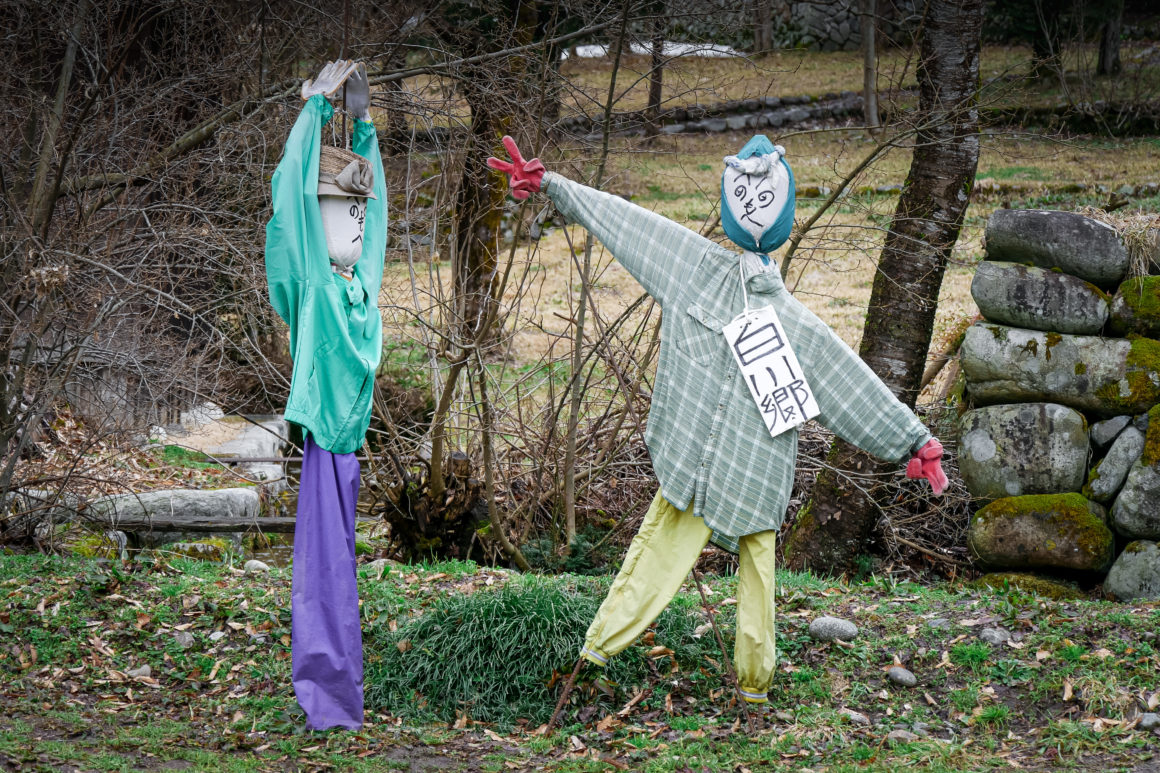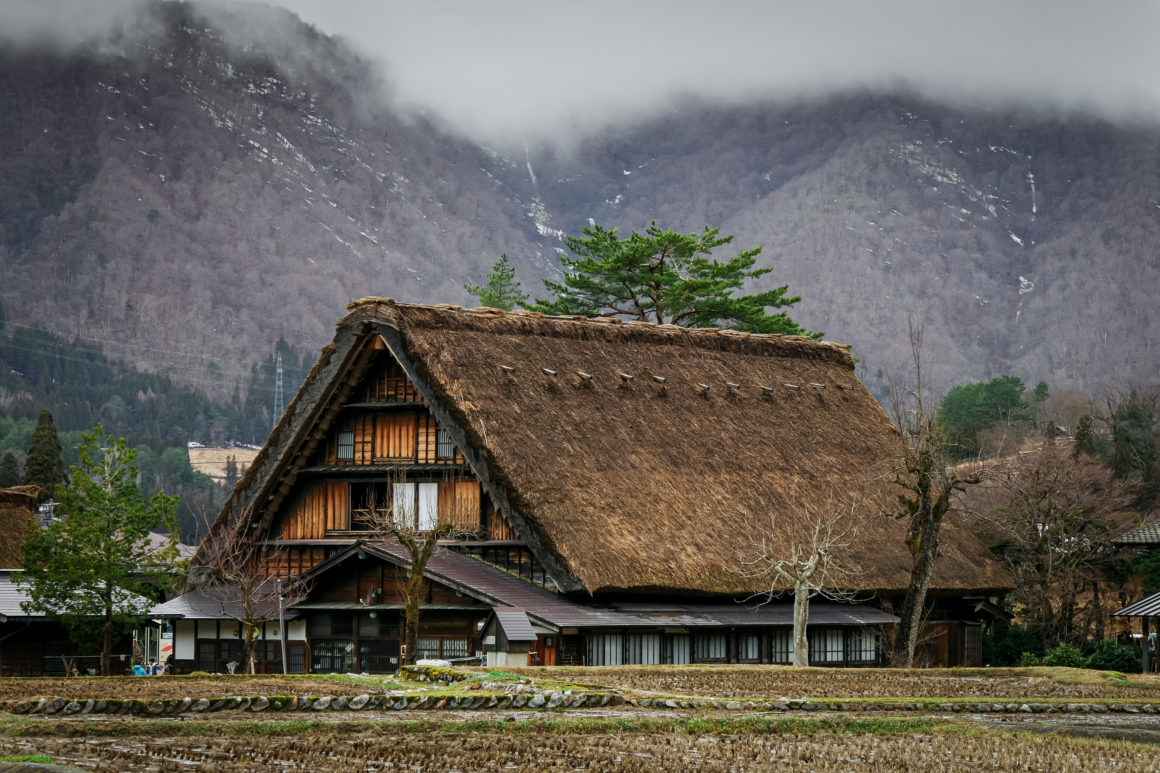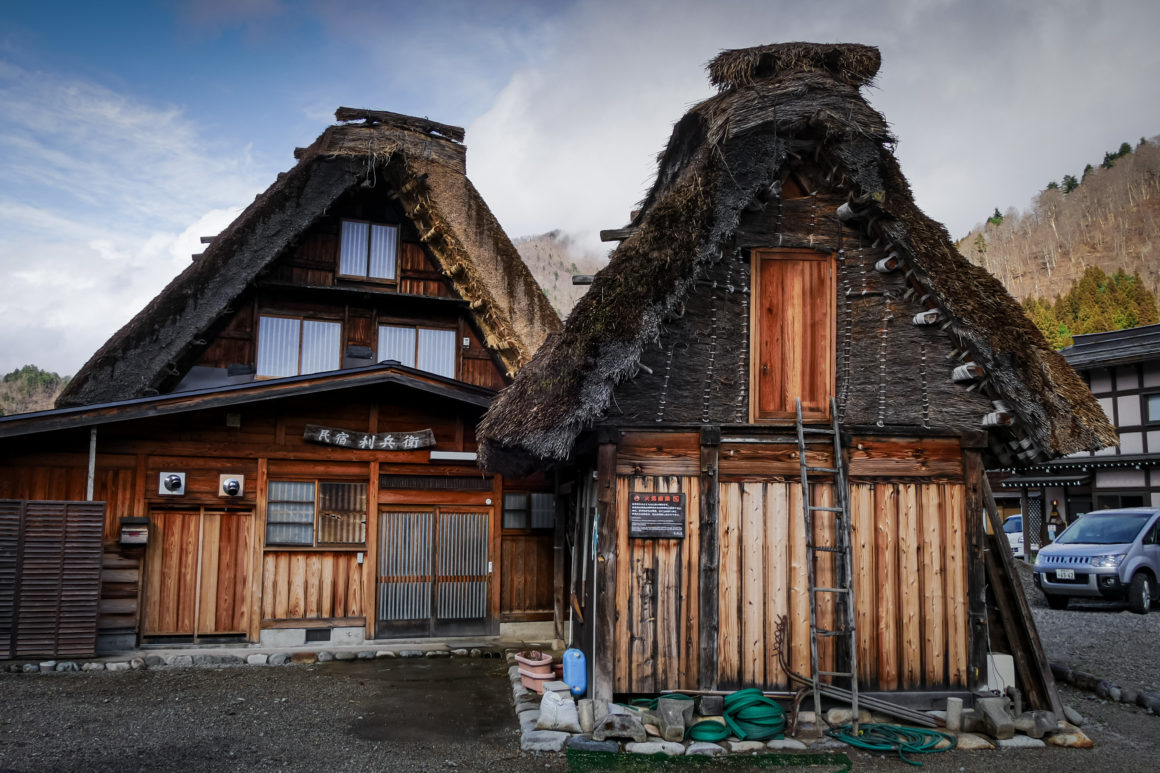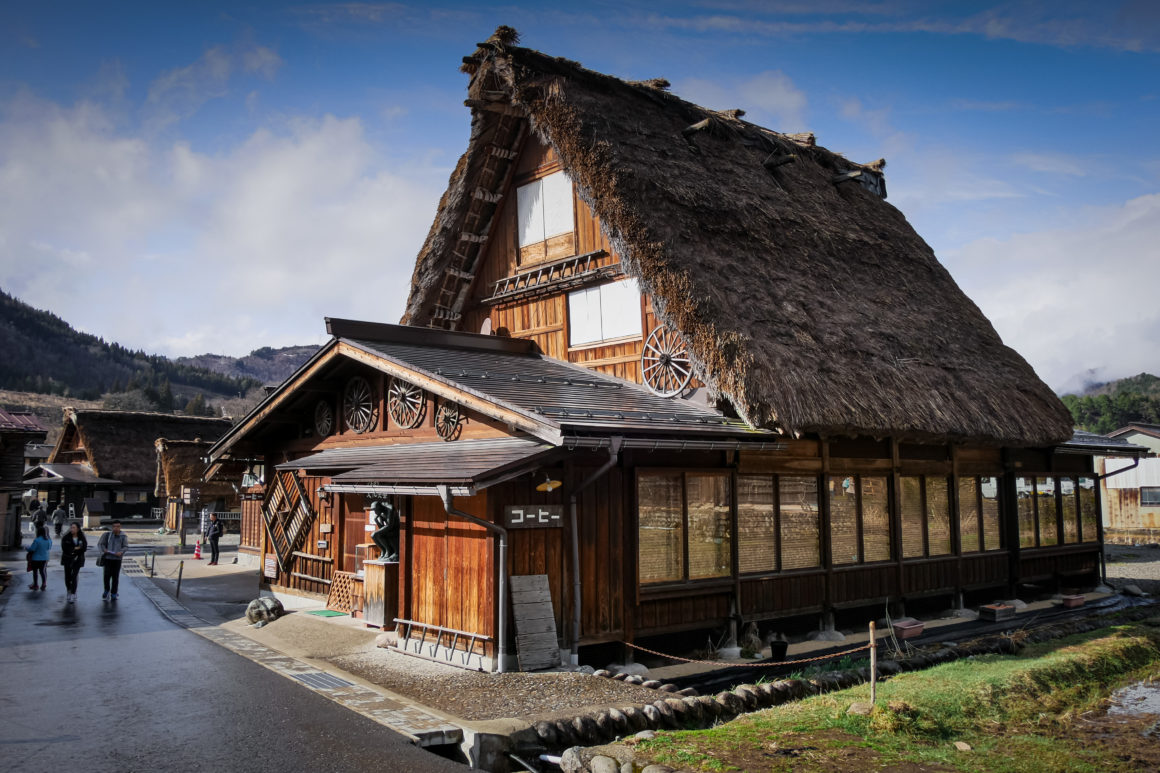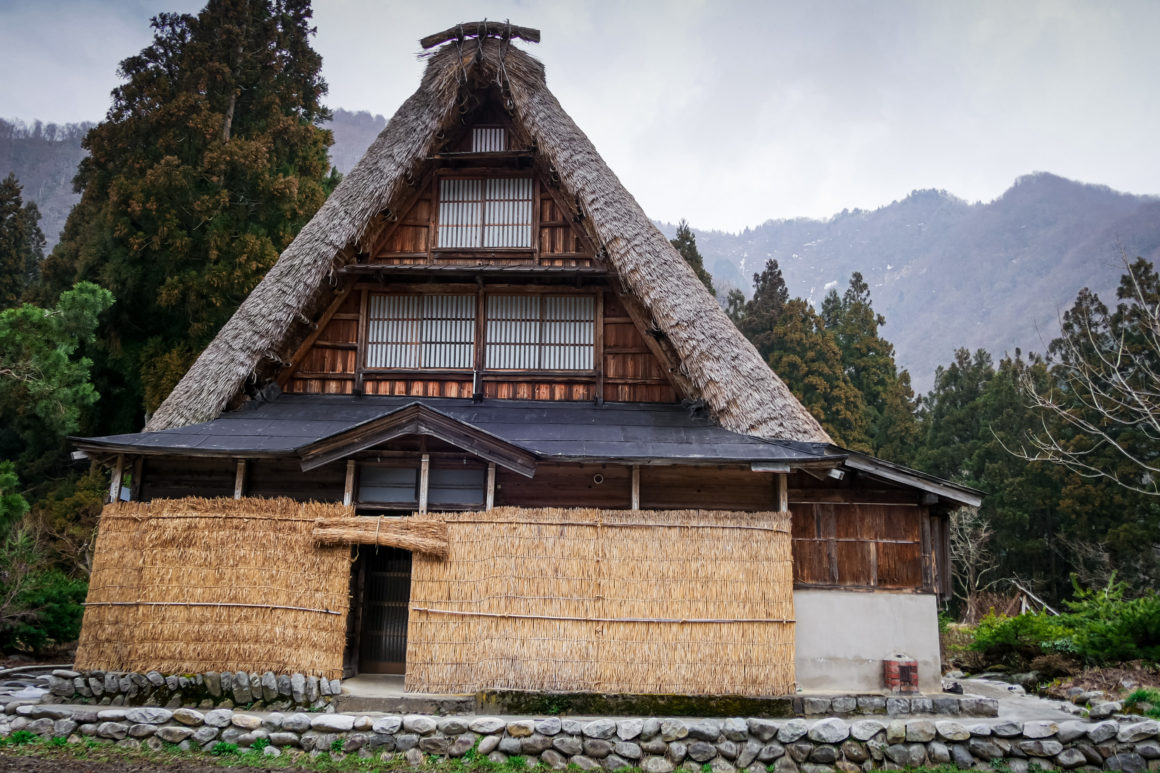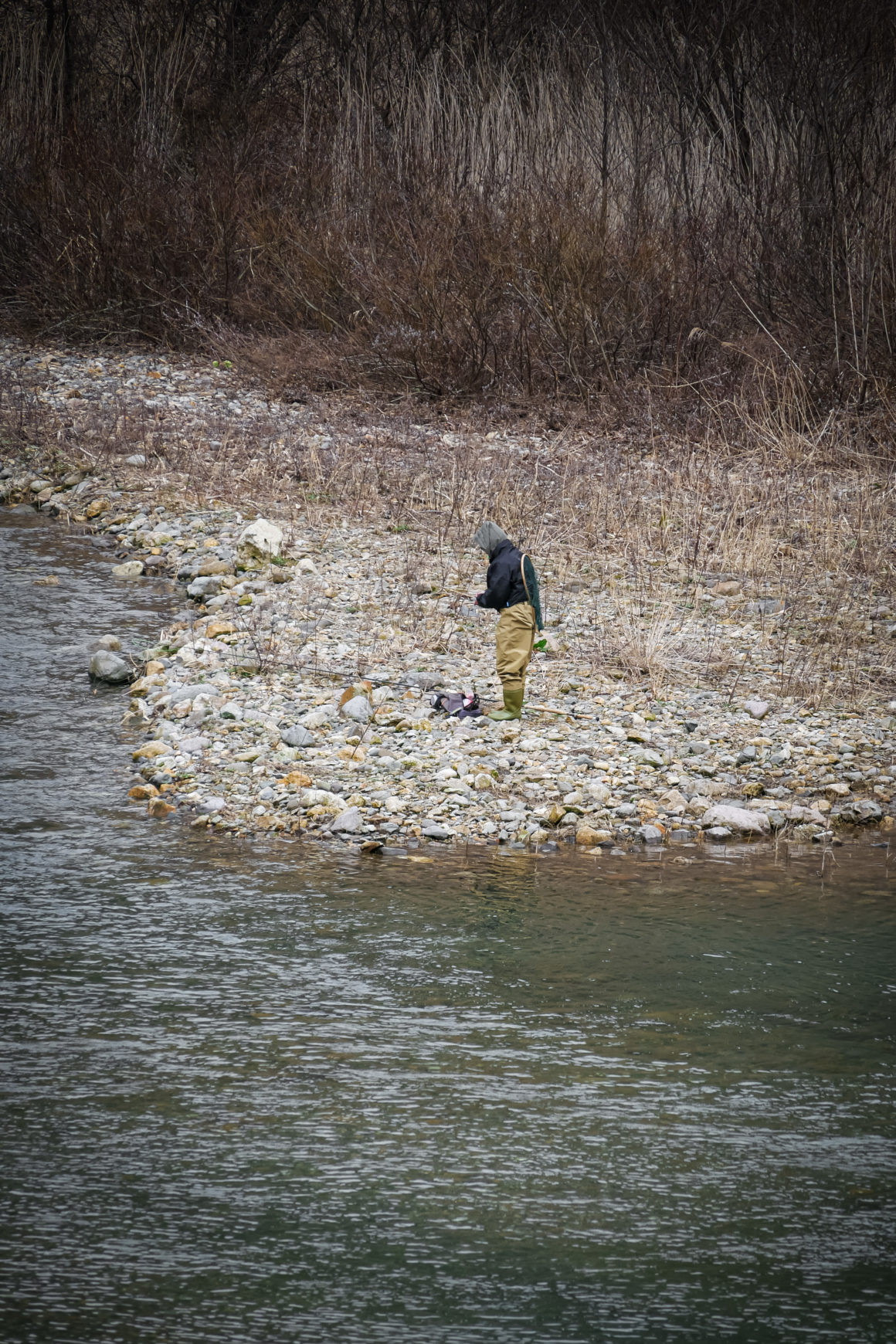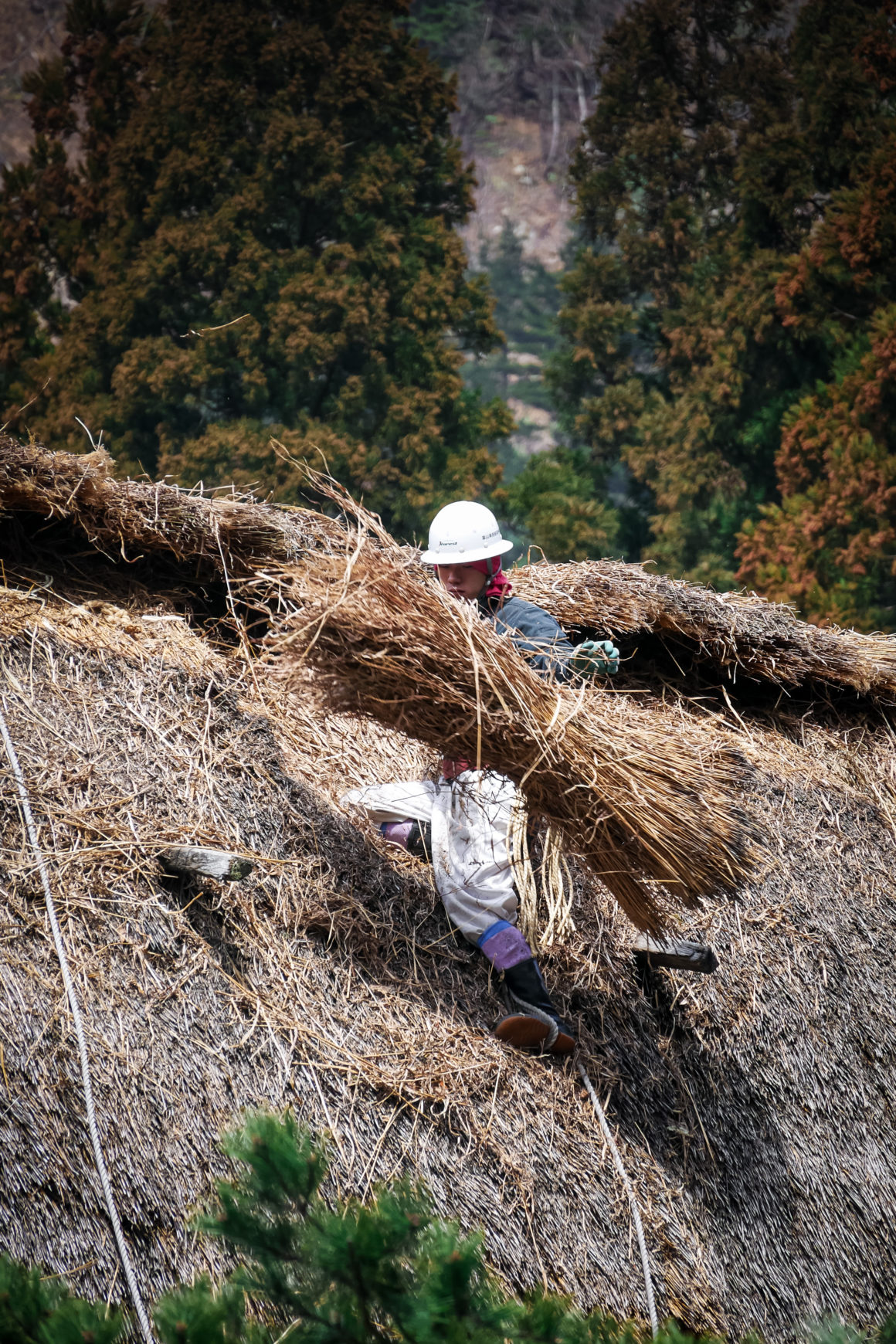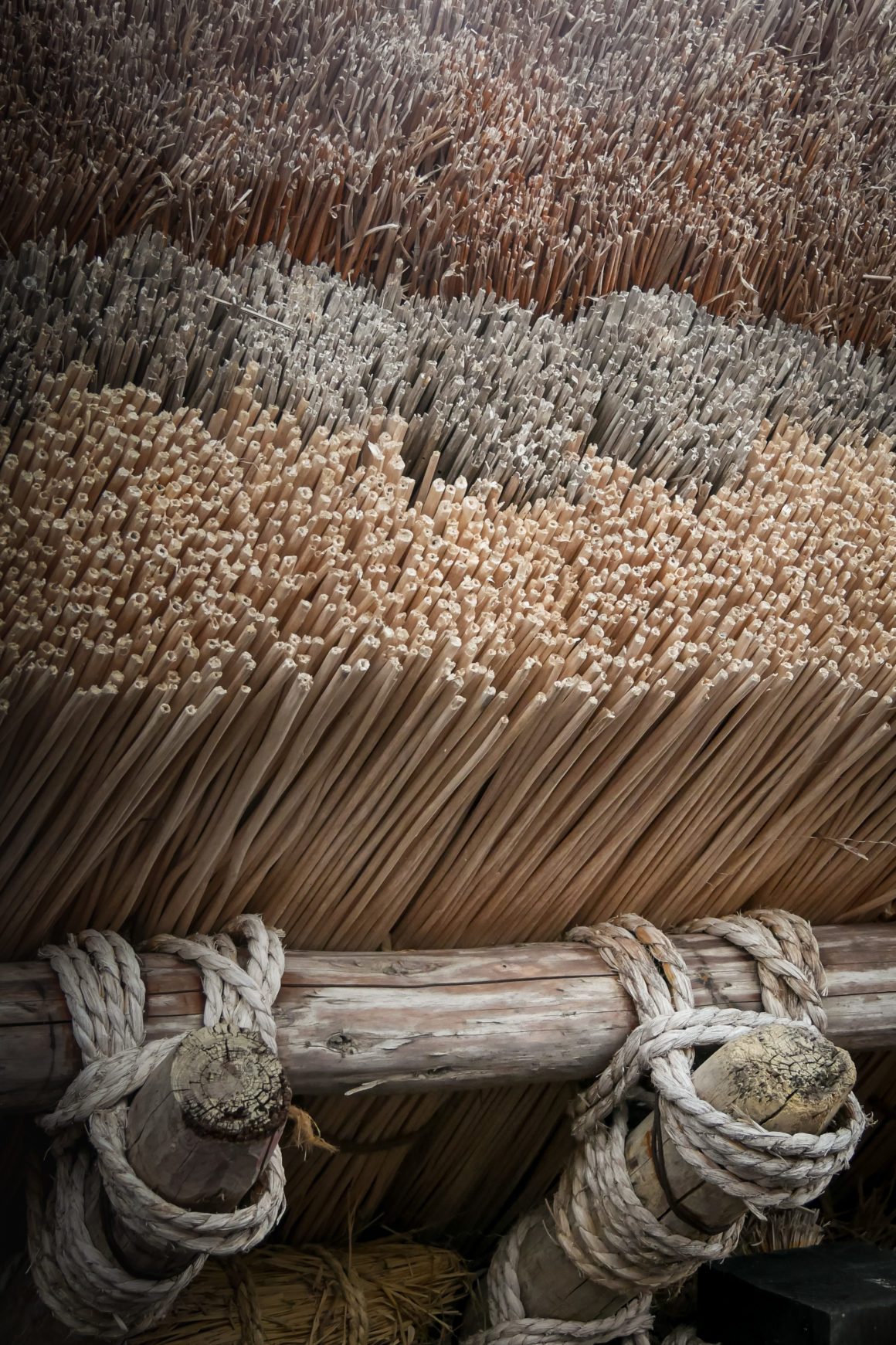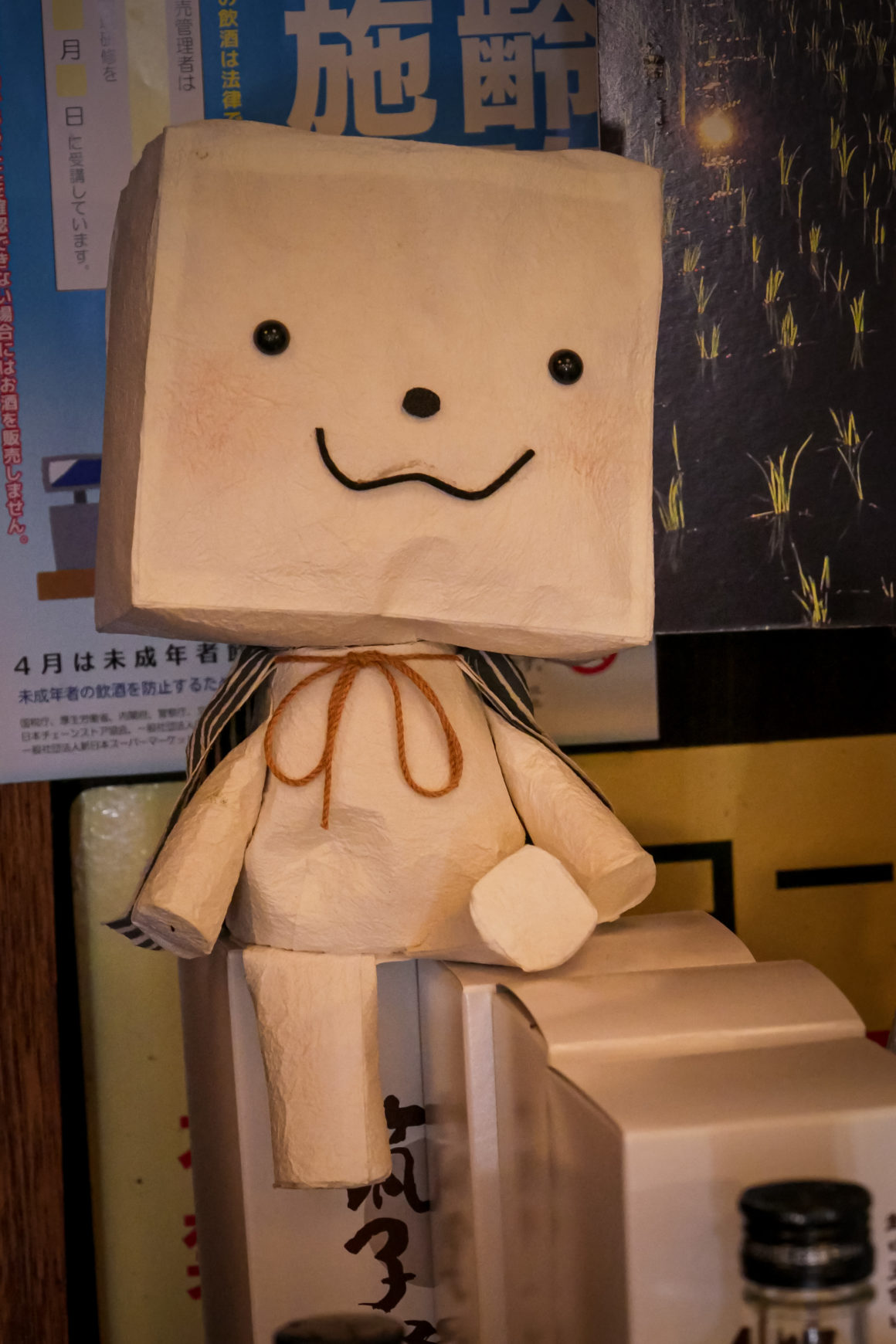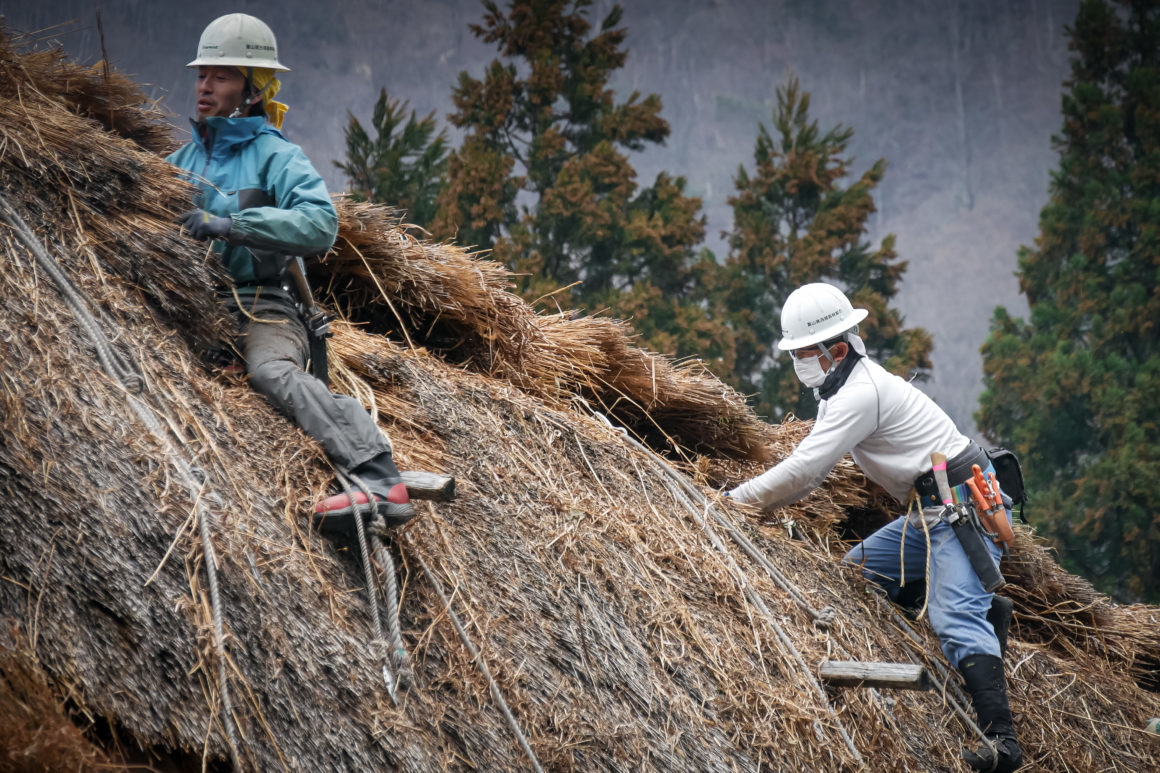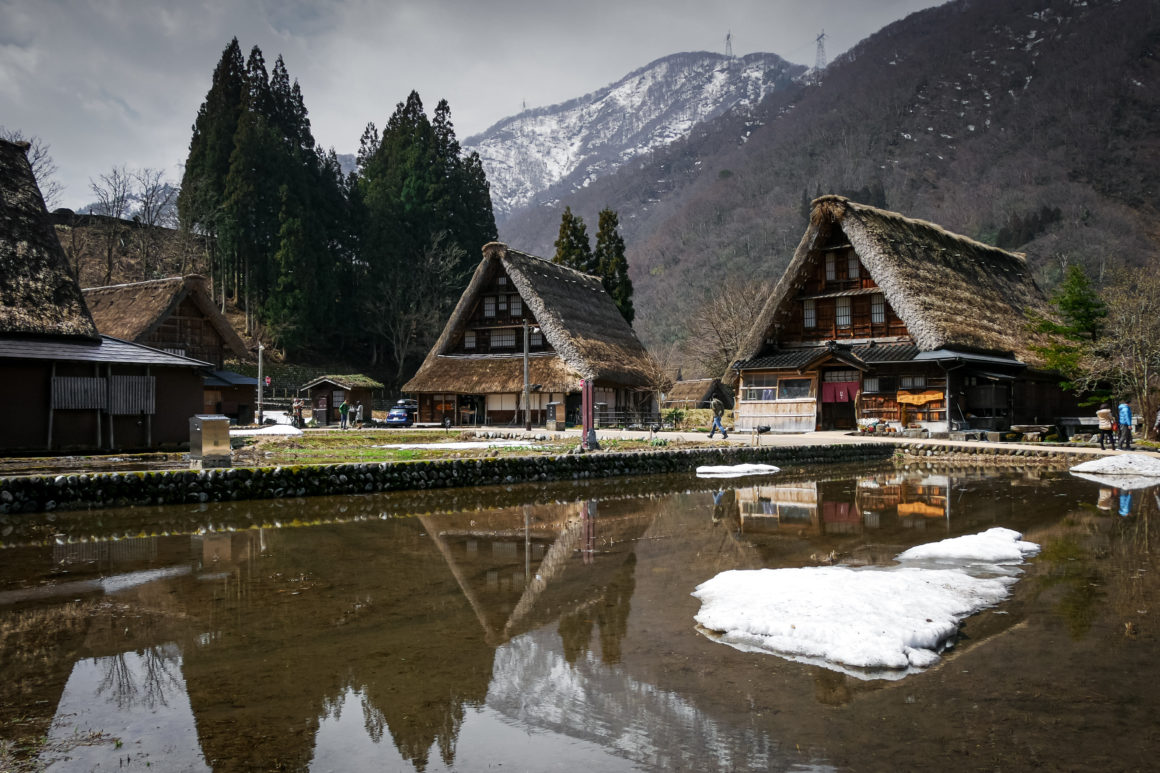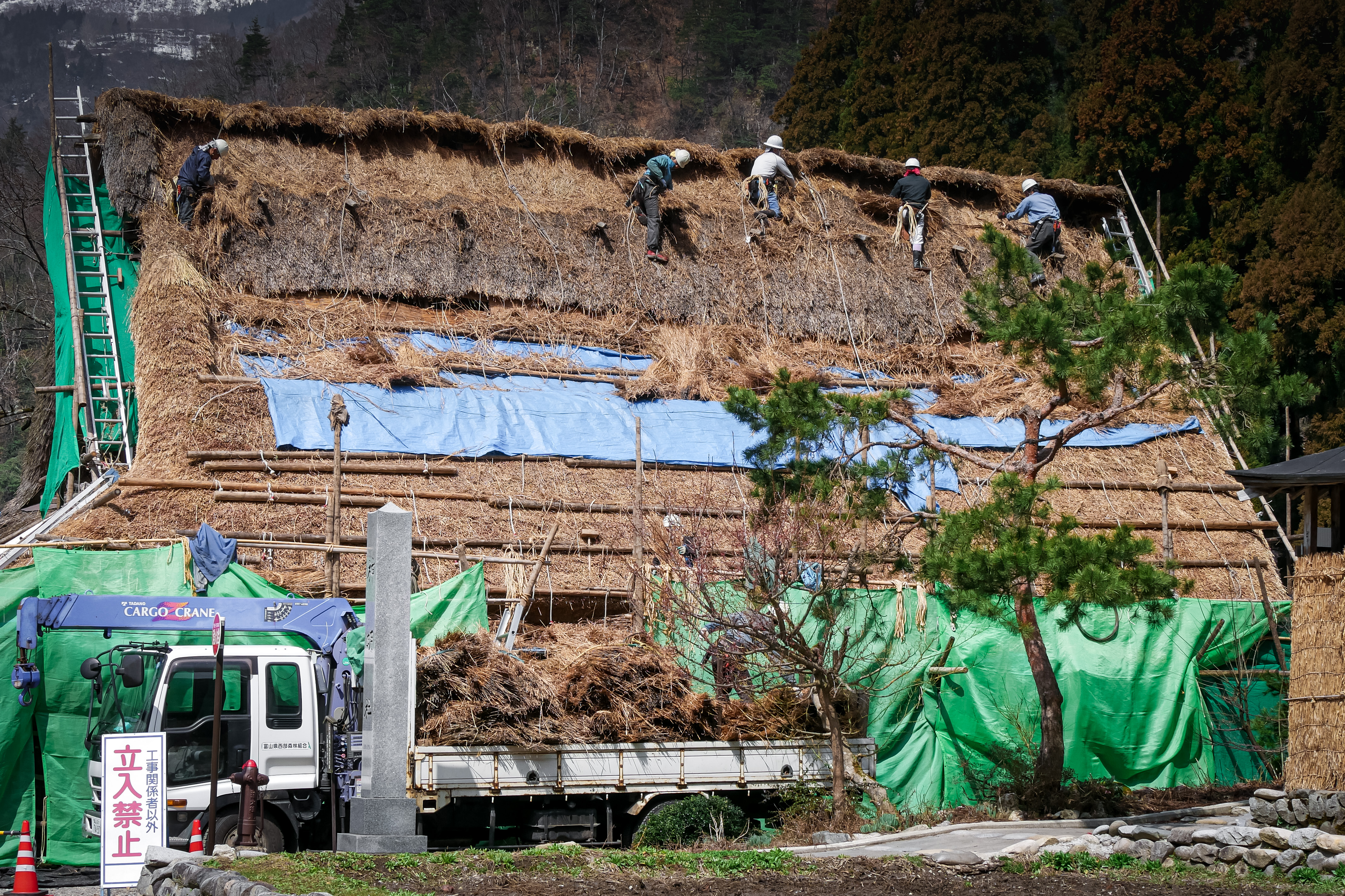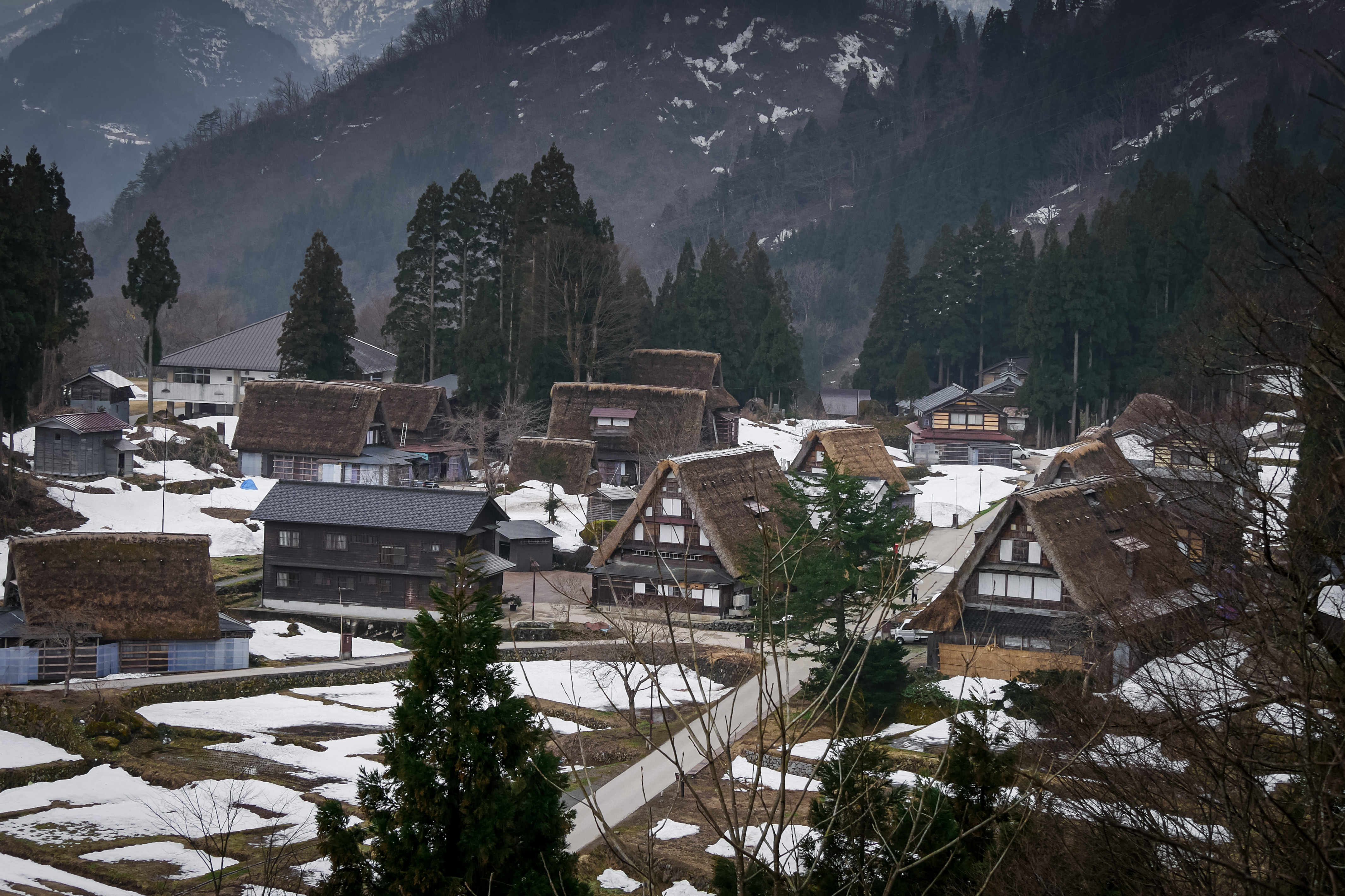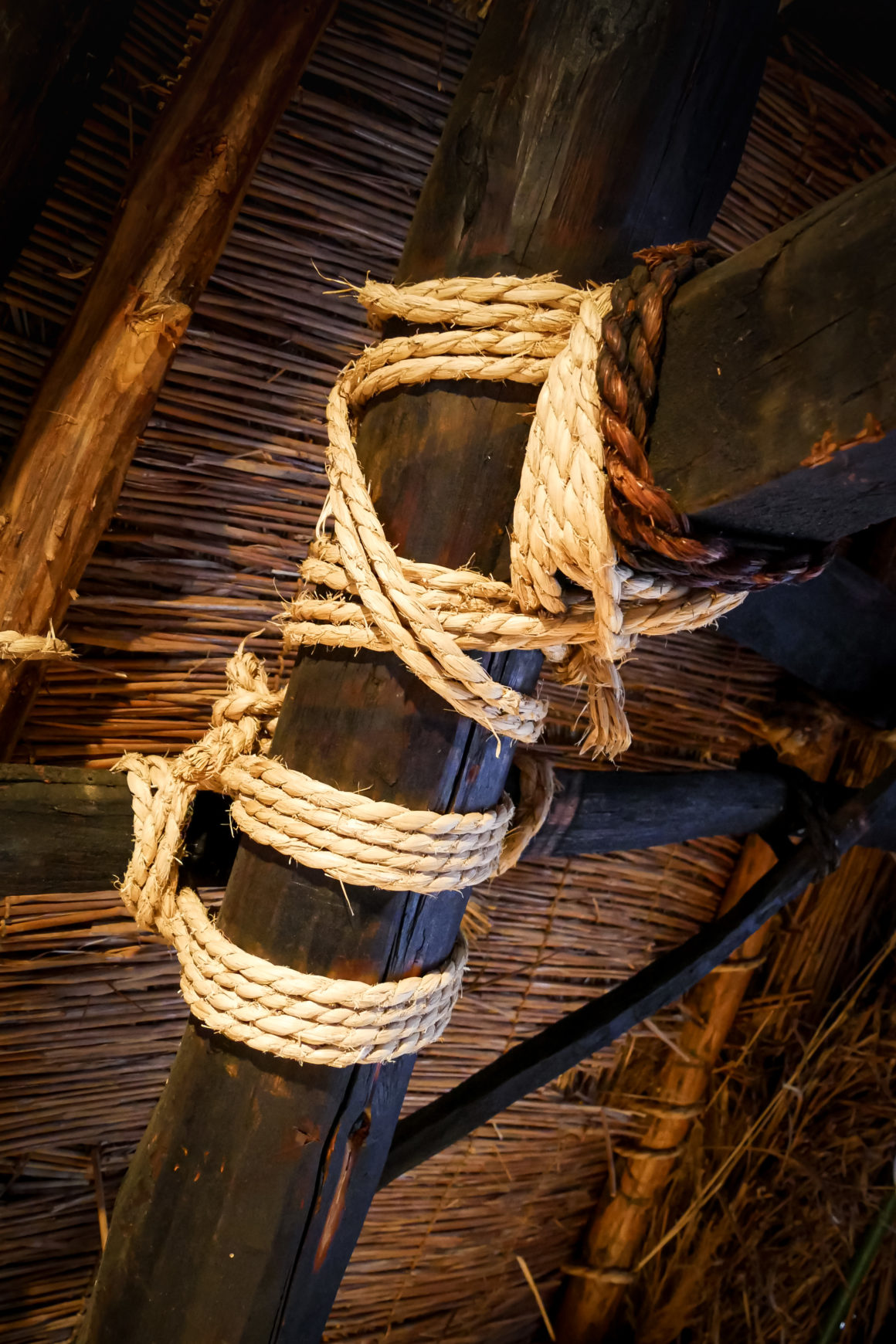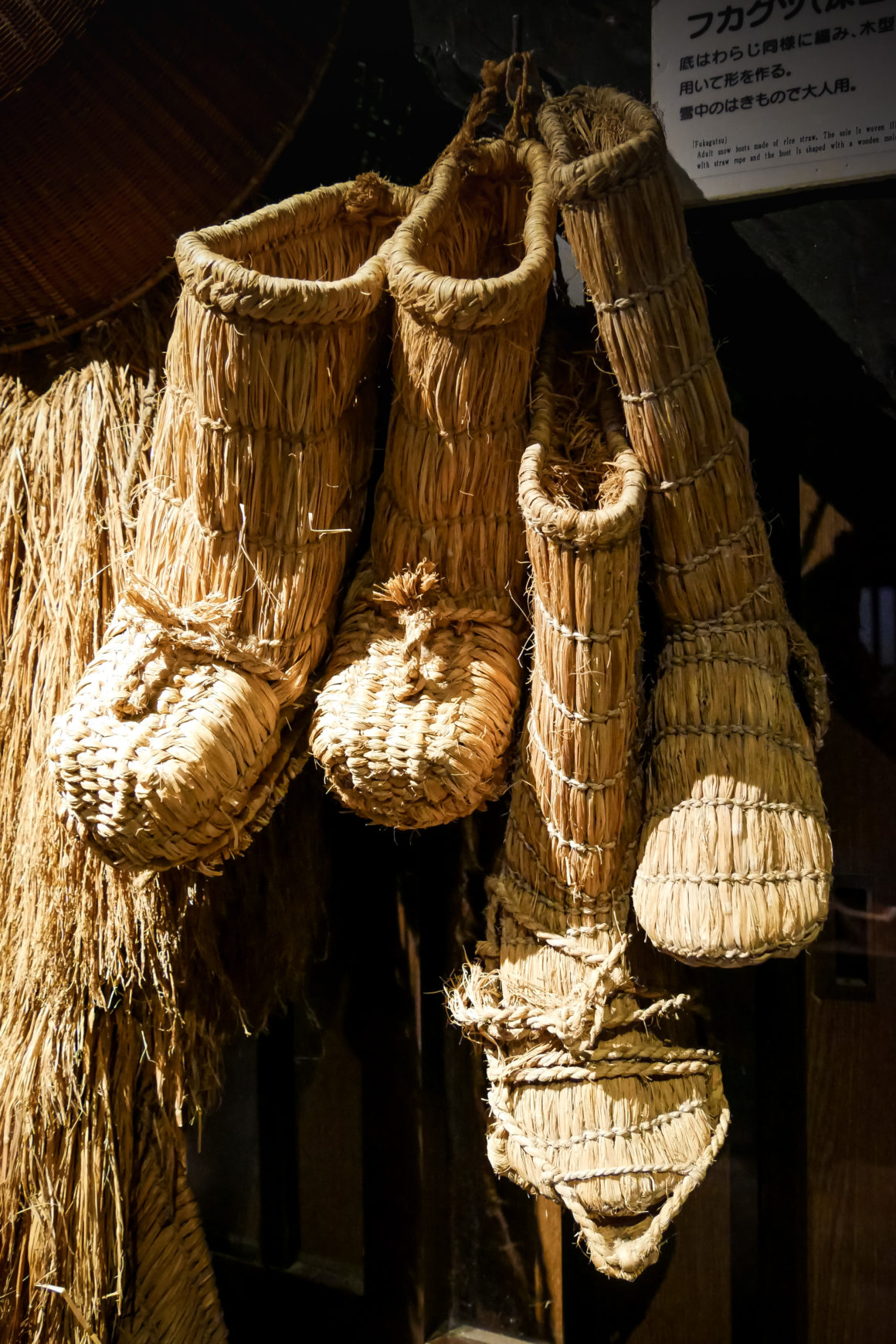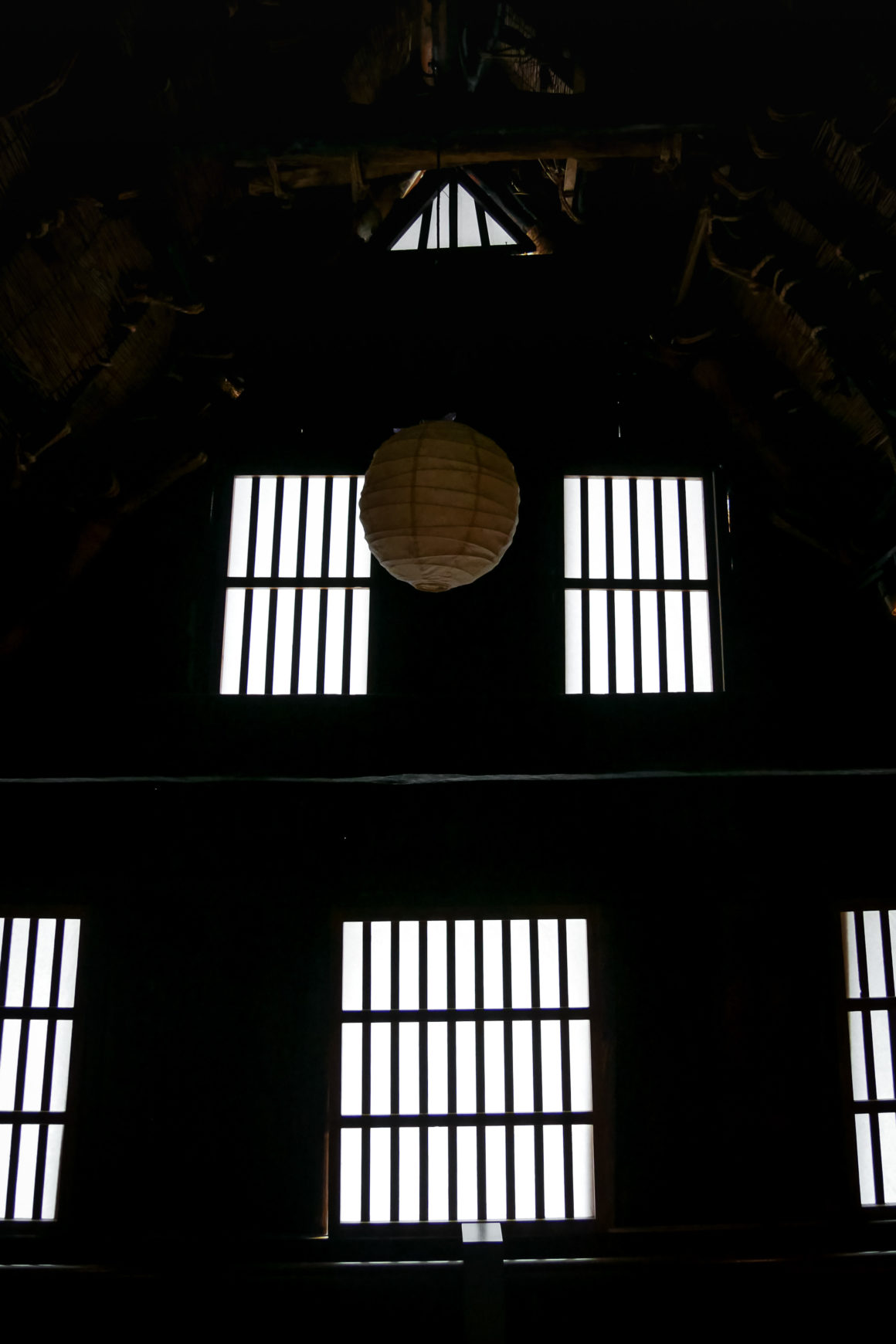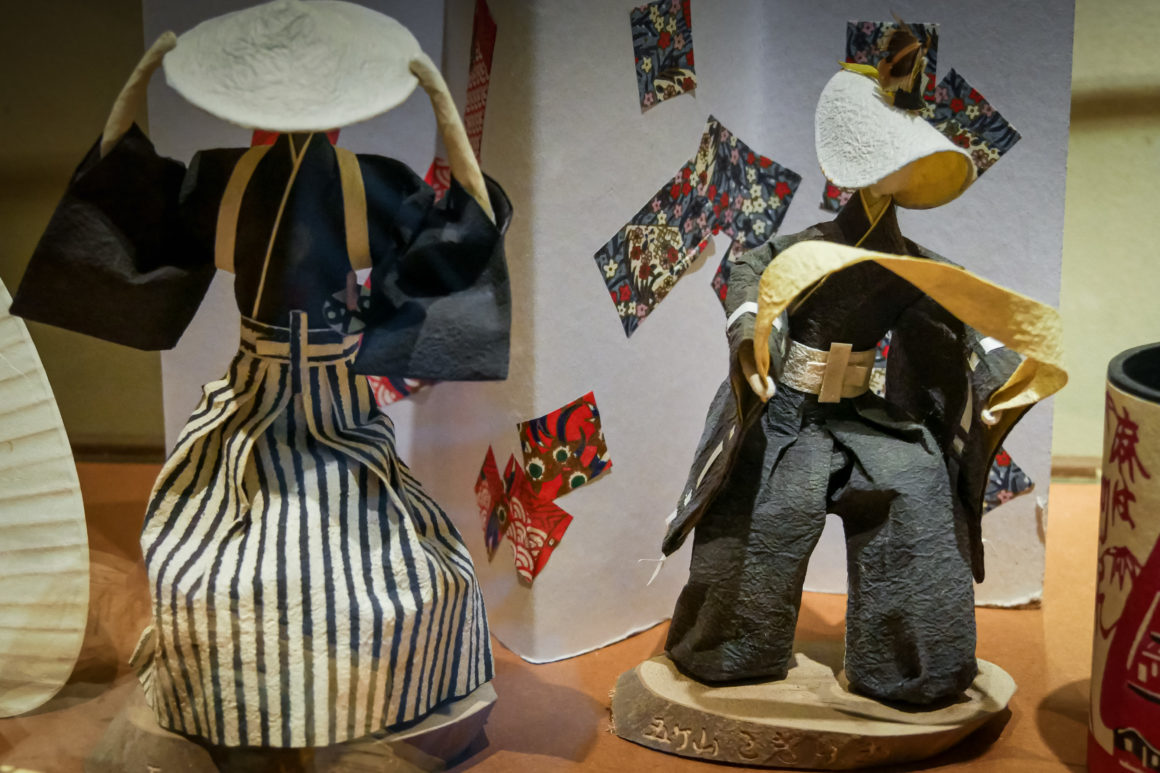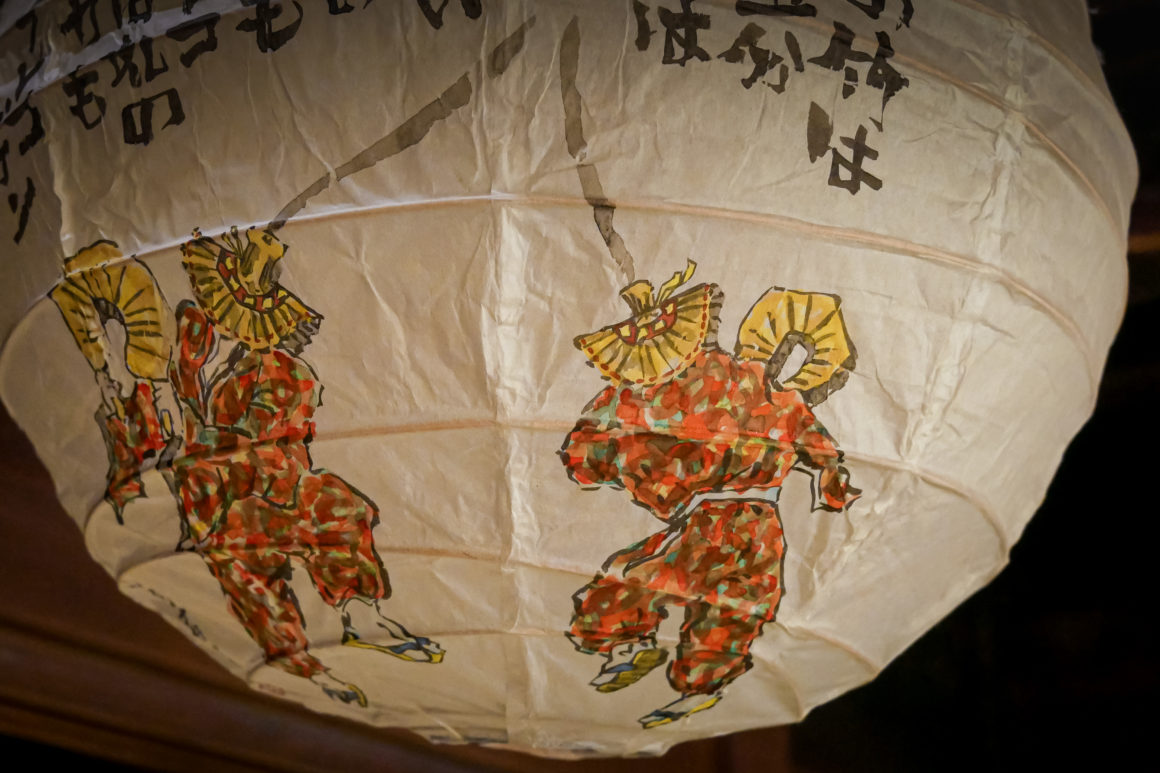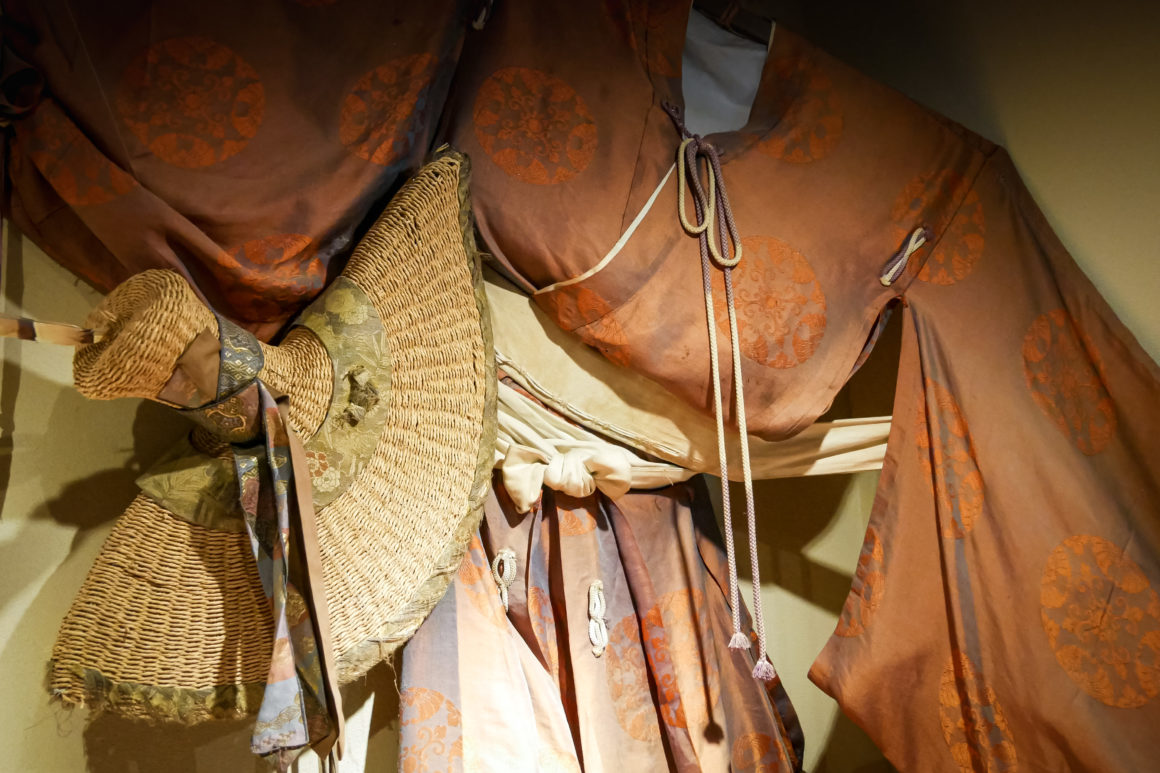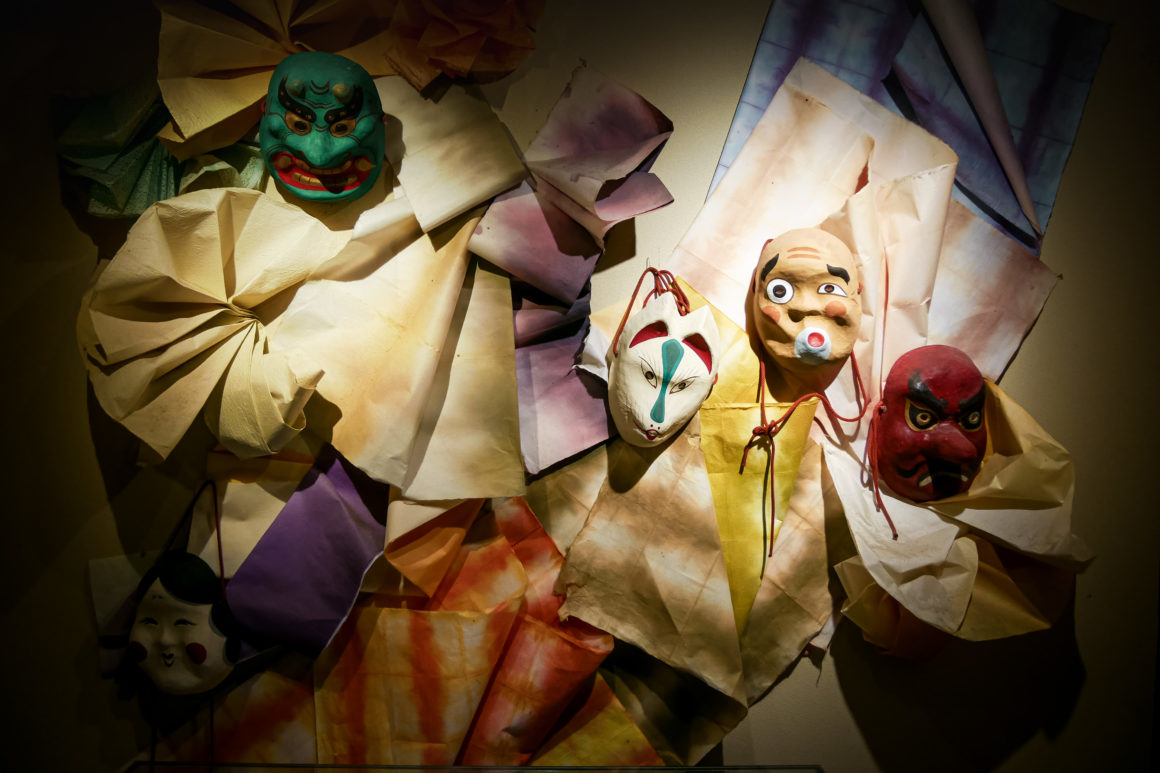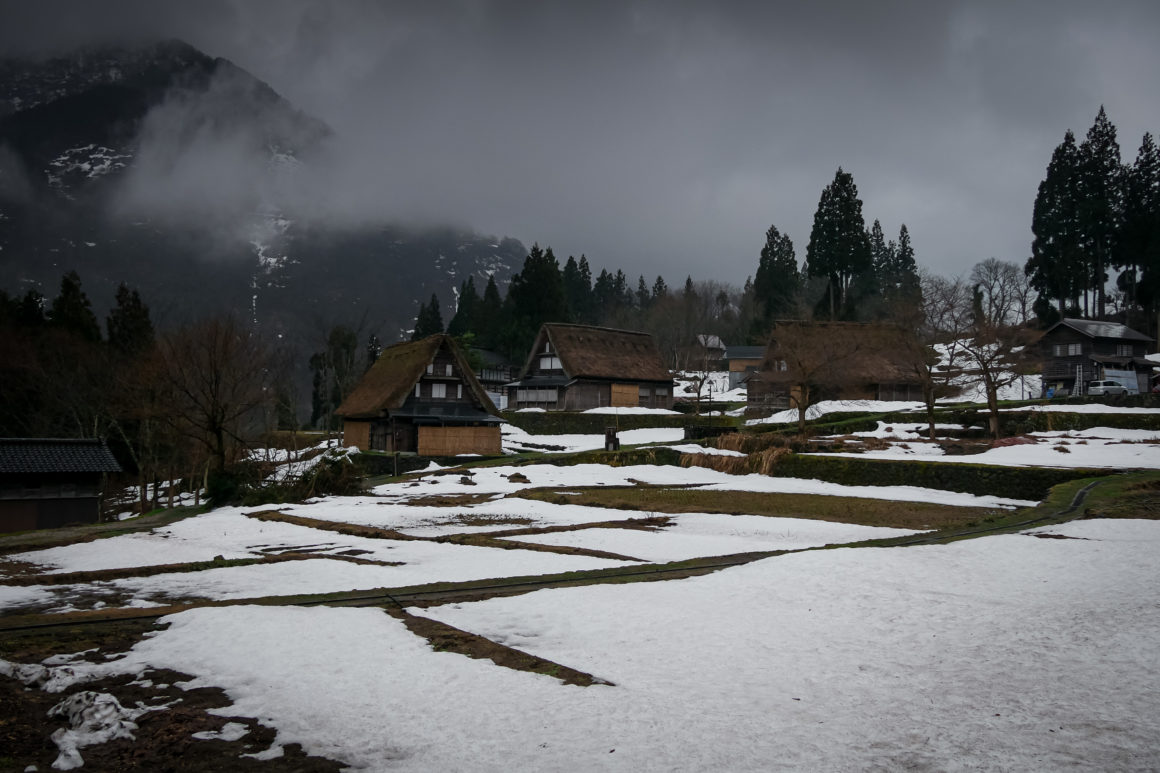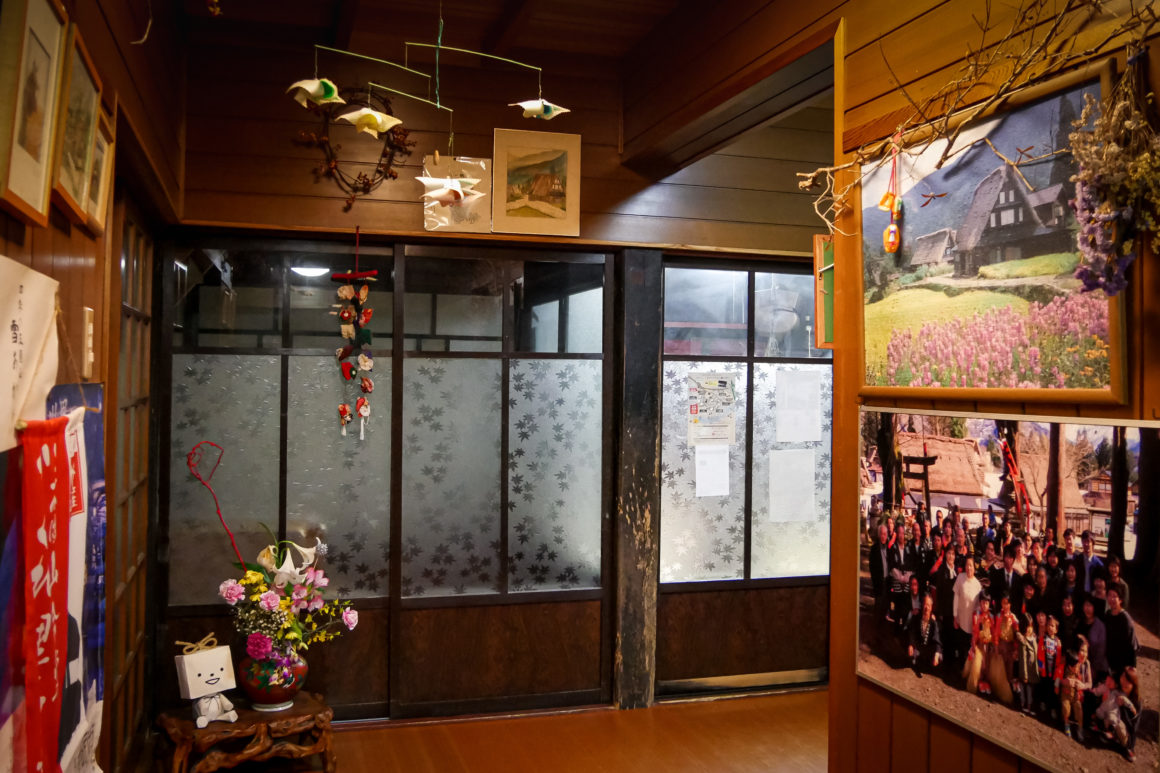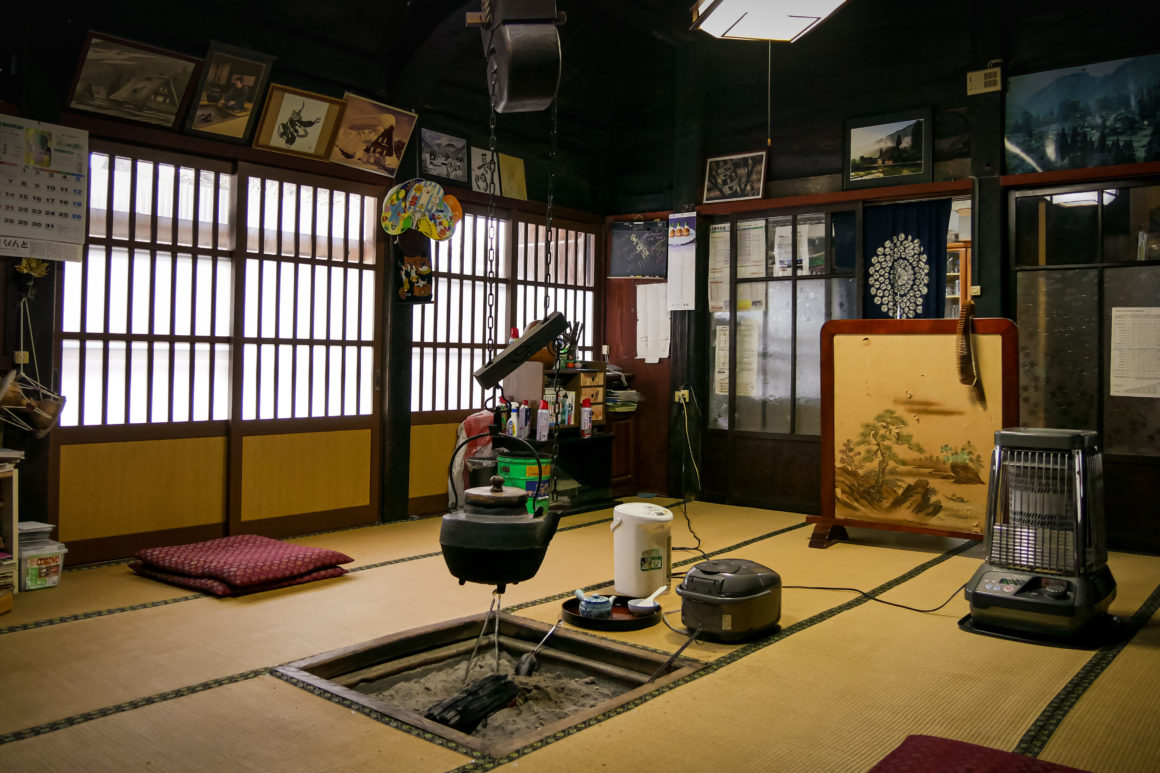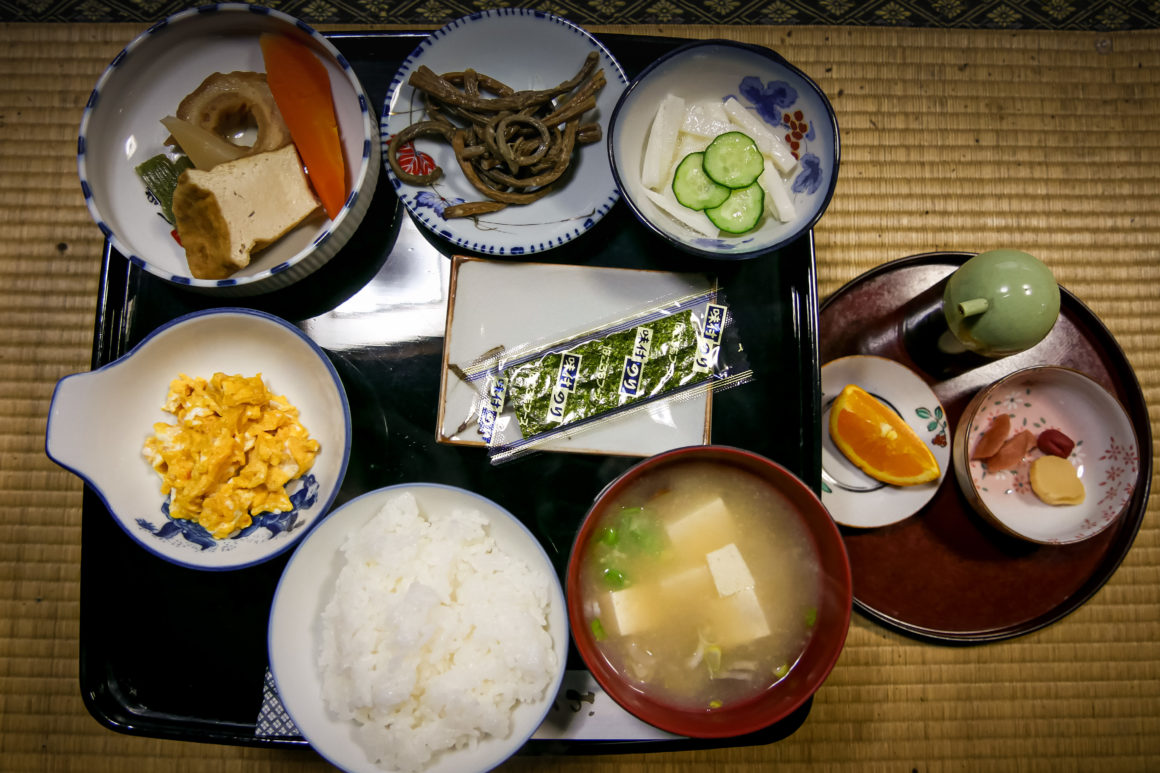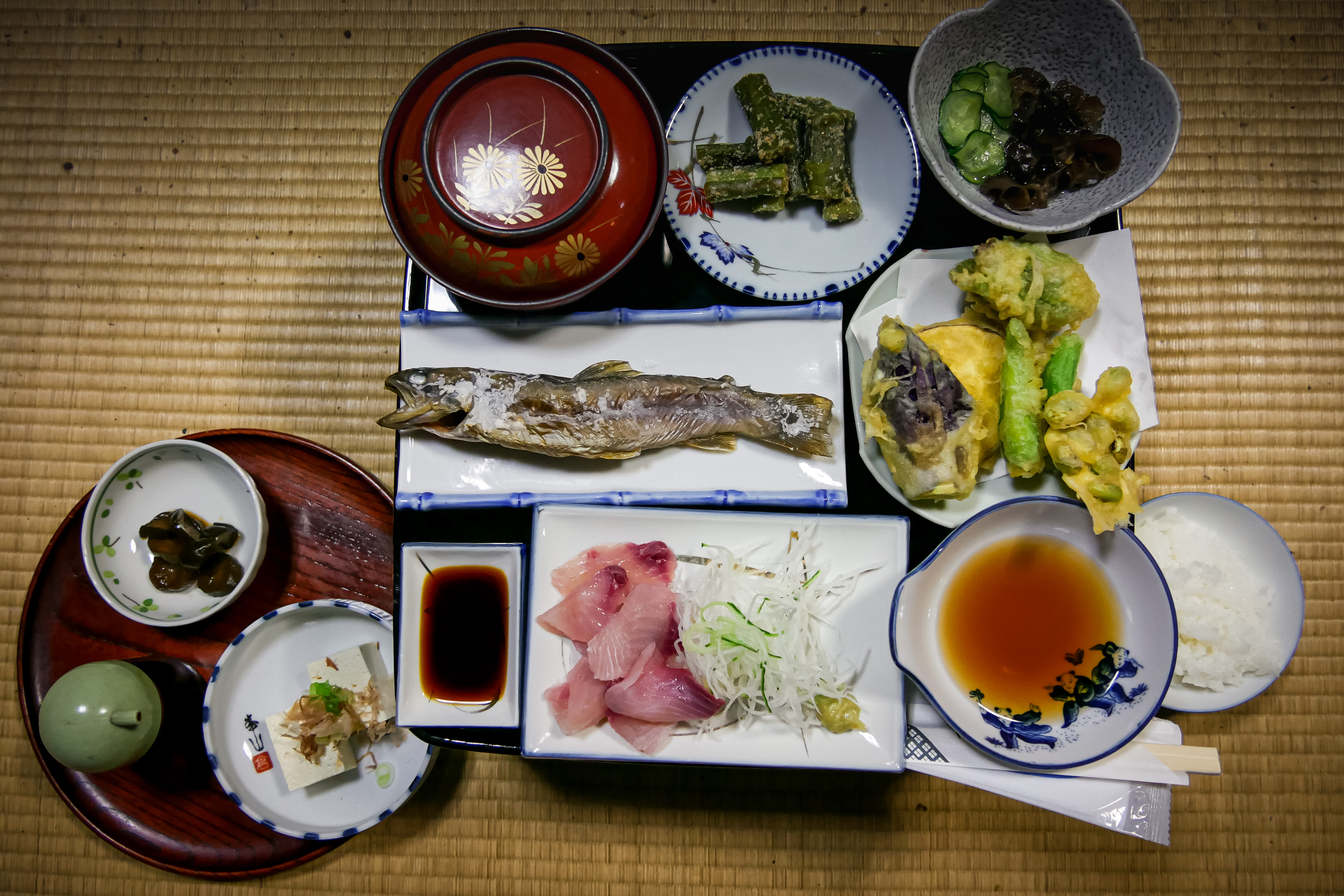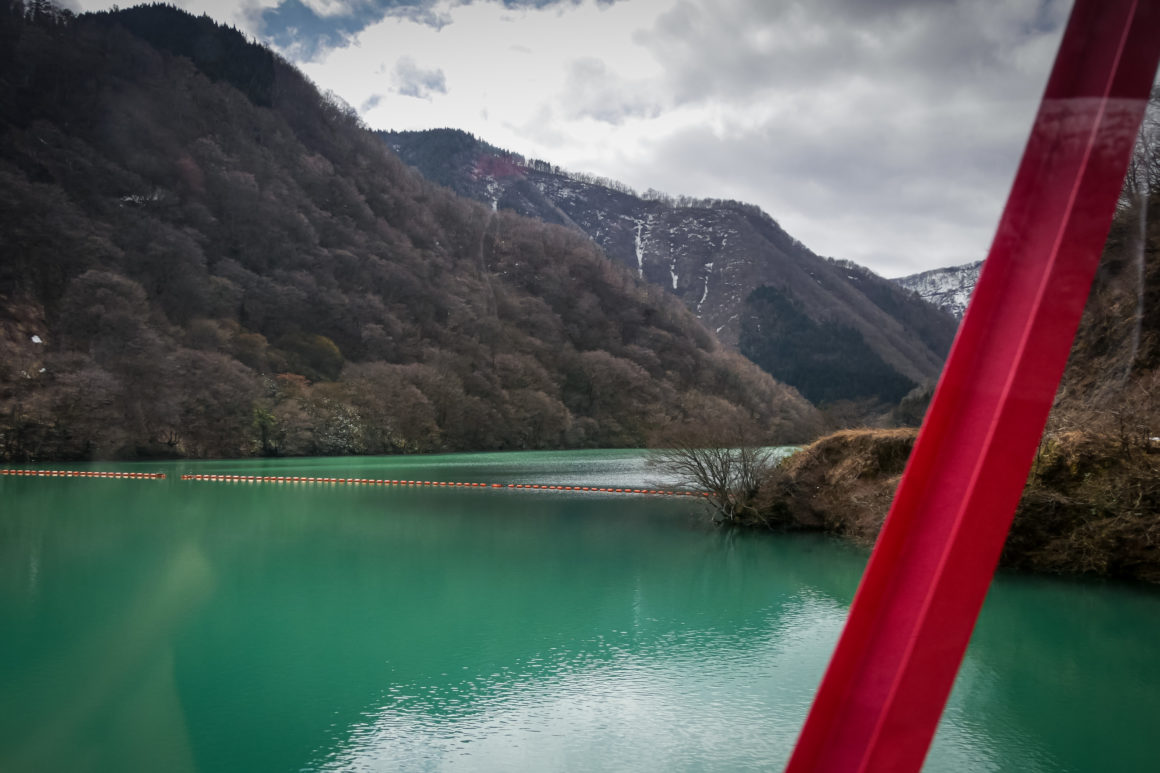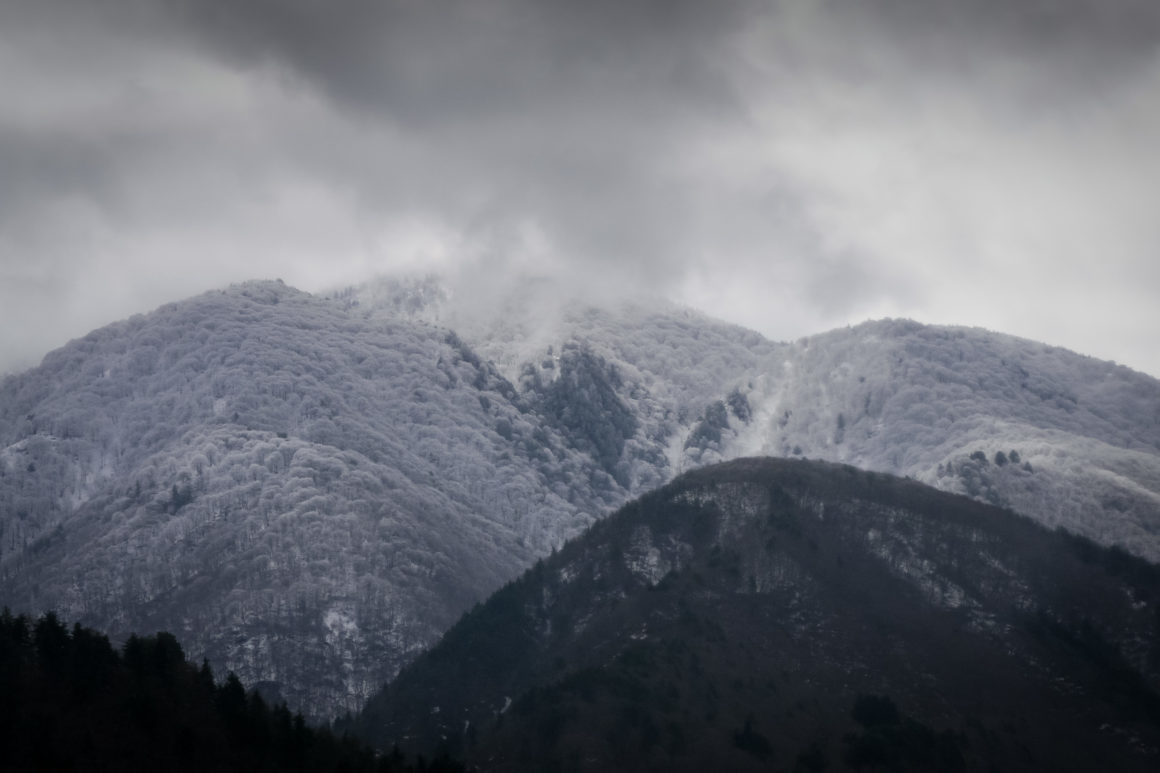DISPATCH
Taking advantage of the fact that Monday March 21 is a public holiday in Japan, I went for a three-day weekend to visit the regions of Shirakawa-gô and Gokayama. Stretching along the Shogawa river in the remote mountains from the north of Gifu prefecture to Toyama prefecture, the place was declared World Heritage by UNESCO since 1995. Its peculiarity comes from the fact that these regions are home to villages with numerous Gasshô-zukuri, traditional dwellings in mountainous environments, some of which are over 250 years old. These houses are built of wood without any nails, with a very sloping roof made of straw to support the snowfall. Their name “gasshô-zukuri” means “construction in the shape of praying hands”.
After three hours by train to the north, I arrive at Takayama, where I booked a hostel for Saturday evening. I jump on the bus which takes me in an hour to the first world heritage village: Shirakawa-gô. Shiragawa-gô is the largest of the three UNESCO World Heritage villages. It is also the most accessible and therefore the most touristic. He has around fifty Gasshô-zukuri.
I arrive around 2 p.m. in the village with a cohort of tourists and gray weather. Fortunately the mist-covered mountains give to the place a special atmosphere. I spend the afternoon wandering around the village and enjoying the peculiar architecture of the Gasshô-zukuri. The thickness of the straw roof is impressive: almost a meter thick! Windows made of white paper add to the peculiarity of the architecture. A few rays of sun light up the end of the afternoon and then I go back to Takayama, to spend the night.
Home concert
Sunday morning, I leave Takayama early. My passage in the city was a lightning visit but it does not matter since I will come back on April 14 and 15, for the Takayama Matsuri (Takayama spring festival), considered one of the most beautiful festivals in Japan . So I leave the city without regrets. Again the bus which takes me this time in two hours to the village of Suganuma. Further back in the valley and located in the prefecture of Toyama, Suganuma is home to about fifteen Gasshô-zukuri. I go around the village and watch an operation to renew the straw on the roof of one of the houses. Carried out by the Gokayama Forest Owners’ Cooperative, the operation is carried out every 15 to 20 years. A dozen men perched on the roof make bales of used straw which they throw down to be piled up in a truck. Work is not easy since you need good muscles and good balance.
I take the bus which takes me in thirty minutes to my last destination of the weekend where I will spend the night: Ainokura. The village is located far in the valley in a very beautiful mountain setting and is almost exclusively composed of Gasshô-zukuri (about twenty dwellings). It is the most beautiful of the three World Heritage villages. The snow still lines the rice fields and fields making the place quite magical. I walk in the village but the few rays of sun disappear quickly to give way to an increasingly gray weather which changes into heavy rain which does not stop any more. At 3 p.m. you almost feel like you are in the evening and it is freezing.
To escape the deluge, I visit the Folklore and Traditional Arts Museum located in a Gasshô-zukuri. The museum is very interesting, allowing to see the interior of a house as well as the objects used and clothes worn by the inhabitants at the time. The ground floor of a Gasshô-zukuri is composed of the “Maya”: entrance to the house also used to store tools and firewood, “Niwa”: the kitchen also serving as a bathroom, “Oe” : the living room with the hearth in the center where meals are cooked, “Dee”: the room for ceremonies where the Buddhist and Shintô altars are located, “Chouda”: the family room with a small window and “Benjo” : the toilets originally located next to the outside entrance. The first floor “Ama” and the second floor “Sorama” are used for the storage, the breeding of the silk worms used to produce the paper “washi” or the creation of gunpowder. The visit to the first floor is particularly impressive since one can see the interior of the roof structure entirely made in a natural way with the only element holding the whole, braided cords.
The villages of the Gokayama region, of which Ainokura is a part, were famous during the Edo period (1603 to 1867) for their production of gunpowder. They are also renowned for the production of “washi” paper that is still in use. Handcrafted from silk in the 7th century, the technique is said to have been introduced in the Gokayama region at the end of the Heian period (around 1185) by survivors of the Taira clan who took refuge in the region after their defeat against the Minamoto clan.
Visiting the museum also allows to see and listen to traditional music and dance still performed at festivals today. Many instruments used are found only in this region like the “sasara” an instrument made of a hundred wooden taps strung on a string and producing a particular sound.
Traditional music
I leave the museum satisfied with my visit. Unfortunately the weather is still just as bad. So I go to my Chôyomon inn, a Gasshô-zukuri located in the first houses of the village. In front of the hostel is a stone with a footprint, the legend of which tells that it was left by a “tengu” (legendary popular creature both man and bird with a very long nose).
The hostel and its manager are very friendly. But as the interior is furnished it looks more like a traditional Japanese inn than a real Gasshô-zukuri. I console myself by watching the sardines for dinner cooking in the hearth and chatting with Zee, a Nigerian woman on vacation in Japan for a month. The air smells of wood fire and you can hear the rain falling on the straw roof. Dinners and breakfasts are very good (the best tofu I have eaten since I have been in Japan) but almost too big for my little stomach.
After dinner I go for a walk in the village. At night the atmosphere is really calm and the light emanating from the Gasshô-zukuri gives me the impression of having returned to the past. Drum sounds emanate from a small building next to the sanctuary in the center of the village. Residents must be rehearsing traditional music for the next festival. I listen for a little while, but the rain and the cold shorten my trip and I rush back to the inn.
Monday morning, I leave Ainokura around 9 am to take the bus which brings me back in two hours to Takayama from where I take the train to return to Tajimi. Where a beautiful sun awaits me. I am almost too hot on the way to the dorm. If only this sun would had been here for my walks among the Gasshô-zukuri, it would have been perfect. But despite the bad weather, the weekend was still very nice and interesting.
Note: In Japan, buses, trains and subways regularly broadcast announcements to warn passengers of the names of the stop, information on the journey, the fact that you have to wear your seat belt, that you should not travel when the vehicle is running, the transport may be delayed, the transport will stop, etc. and even advertisements! The bus I took to return to Takayama ran ads almost continuously during the two hour trip! Difficult to stay calm. Compared to France, where there is almost no information delivered, in Japan it is the opposite situation. Passengers are constantly informed of what is going on. It is good to have information but sometimes I think it is really too much.

